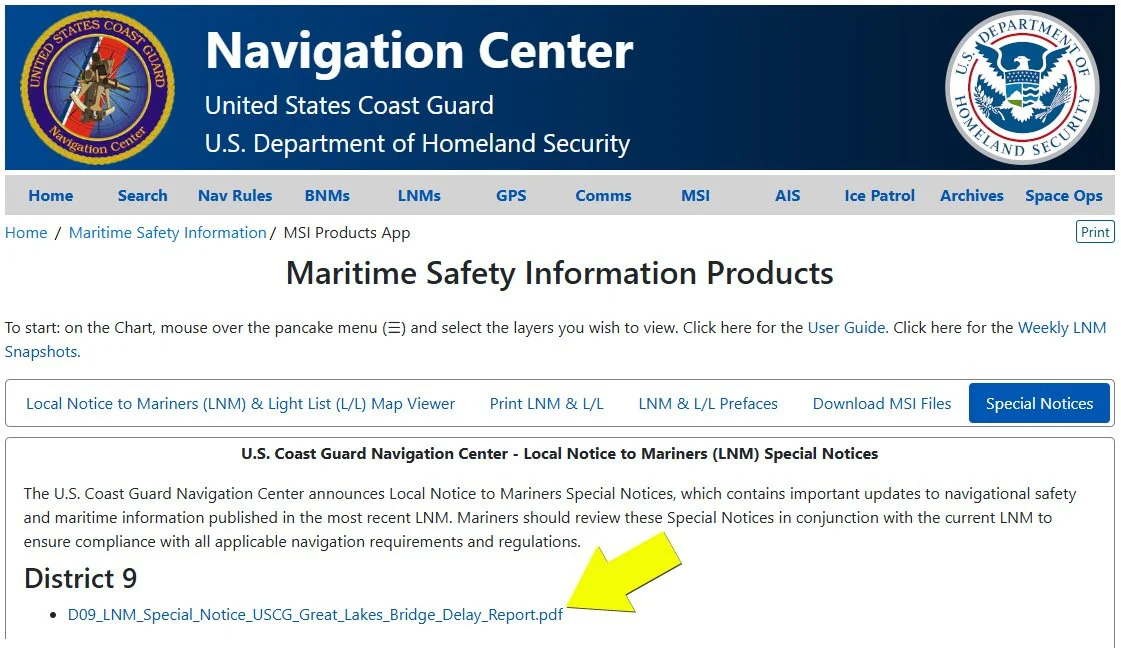Thinking of going out to recreate on Cleveland’s Lake Erie Harbor or the last six miles of the Cuyahoga River? There are a few things you can do BEFORE you hit the river/lake to ensure you have a fun and safe time. As a recreational paddler on the Federal Navigation Channel it is YOUR obligation to understand your role and responsibility to safely share the river with large, commercial maritime vessels.
PHASTAR 2543 marine safety vessel
Get yourself an app that tracks large boat traffic on the river. We use Marine Traffic (available for $3.95). FindShip is a less robust app that’s available for free. BEFORE you venture out on the river, check the app to ensure you won’t be sharing a narrow body of water with a vessel that’s as long as the Terminal Tower is tall. Consider purchasing a floating waterproof pouch for your phone so you can monitor the app & take pictures while you’re on the water! And If you’re on the river a lot, consider investing in a floating handheld VHF marine radio.
Always wear a life jacket. Make sure it is properly sized and fitted. Here are a few tips from paddling.com
Learn how to “side load” your kayak. One of the main access points on the Cuyahoga River’s Federal Navigation Channel involves a side-load technique from a floating dock. Learn how to NOT get in a kayak in this fun and instructive TikTok video by Rock Town River Outfitters.
Learn and practice how to “self-rescue”. As experts wisely say “It’s not a matter of if you’ll go in, it’s a matter of WHEN you’ll go in”. Learning the self-rescue technique is especially important if you’re paddling inside the Cuyahoga River’s Federal Navigation Channel due to limited exit points and the high steel bulkheads that line the length of the channel. paddling.com has a great instructional video. Please watch it, learn, and practice!
Familiarize yourself with the Paddle Safe Brochure that Cuyahoga River Restoration put together with members of the Cuyahoga River Safety Task Force.
When you’re out on the water, your ears are as important as your eyes. If you hear the horn of a bridge (NS1, Center Street (Red), Carter Road (Blue), Columbus Road (Green) signaling the start of a lift, know that lift is happening because something BIG is coming through! If you hear a horn blast from a freighter, take immediate action, i.e. get out of the way as fast as possible. Five short horn blasts mean danger!
Mind the Thruster! If you’re near a freighter in a turn, you are in the wrong place and you ARE in danger. Prop wash from bow & stern thrusters can capsize a boat or push you into a hazardous location. If you find yourself in a turn with a freighter, you MUST listen to the crew on the ship for direction on what you need to do. Well meaning bystanders on shore may also shout directions - listen to the ship crew. See video below. “River right” is not always the best place for you to be when a freighter is setting up for or making a turn. During a freighter transit it is usually best for a paddler to wait on the inside of a tight turn. If a paddler is on the outside of a turning freighter, you are in the wrong place and in DANGER.
Argonaut operates education and marine safety programs on the Cuyahoga River and in Cleveland Harbor. You might be familiar with PHASTAR 2543, the area's first dedicated EMS/Rescue Boat. It provides large vessel (i.e. freighters) safety escort, emergency response, water rescue and on-water EMS. in addition to recreational boater safety education. The boat is staffed by experienced Captains, emergency medical crew, and water rescue personnel. When ARGONAUT offers advice or direction, you’d be wise to follow it! Also keep an eye out for their North Coast River Ambassadors in bright green shirts (“ski patrol of the water”) paddling our local rivers offering similar guidance and assistance.
Check out the below videos to better understand the unique challenges maritime faces when sharing a narrow body of water with recreational boaters (both human and motor-powered). The Cleveland Harbor and last 6 miles of the Cuyahoga River are Federal Navigation Channels so there are specific rules of the road and safety requirements. The 6-minute Cleveland Water Safety Video, another joint effort by the Cuyahoga River Safety Task Force, is a must-watch.
Check out See Your Words’ graphic recording of our Cuyahoga Safe Paddle Forum. We love Jo’s work and she did a great job summarizing all the pieces of the puzzle that need to click into place for everyone to have a fun and safe summer on the Cuyahoga River.
Once you’ve done the above, get out on the water! Here’s a list of folks who can help you do that! http://sharetheriver.com/recreation
The Federal Navigation Channel portion of the Cuyahoga River is rich in history. Before you take your paddle, click on the button below to download a PDF with embedded links to learn more about Cleveland’s hard-working, historic, & scenic Cuyahoga River!
Passing Zones on the Cuyahoga River
There isn’t an organization more versed in recreational safety practices on the Cuyahoga River than Cleveland Rowing Foundation (CRF). Rowers first plied the river in 1855 with the Ivanhoe Boat Club. But once the Ohio & Erie Canal was opened in 1835 making Cleveland the pivot point between New York City and New Orleans, the surge in industrial traffic pushed rowers off the river. In 1985, five rowers from traditional northeast rowing cities created the Cuyahoga Rowing Association, which begat the Cleveland Rowing Foundation.
CRF members include adult, collegiate, and scholastic rowing organizations and the safety guidelines they have established are exhaustive. While their Safety Manual (SaM) is geared towards rowers, there is a LOT of detail applicable to other recreational users of the river. Of particular value is the “passing zones” map. Should you see a freighter coming, sheltering in one of those zones offers you a significant measure of protection (and appreciation by freighter captains).
Have you been delayed at the NS1 bridge near the mouth of the Cuyahoga River? At a recent Coast Guard forum we were advised of the importance and effectiveness of recreational boaters filling out a “NINTH DISTRICT DRAWBRIDGE SIGNALS OR OPERATIONAL DELAYS FORM". Changes in the bridge’s responsiveness to recreational boater needs requires a stack of bridge reports (and resulting fines). So if you’ve been unreasonably delayed, bite the bullet and fill out the report! Make your pain someone else’s pain.
Cuyahoga River Water Trail
The Cuyahoga River Water Trail has been designated by the Ohio Department of Natural Resources as an Ohio Water Trail, one of fifteen in the state. Check out their website for an overview of the water trail, safety guidelines and more. Click on the below images to view the CRWT brochure or you can download the PDF at https://ohiodnr.gov/static/documents/parks/watertrails/CuyahogaRiverWaterTrail.pdf
segment 5 of the cuyahoga river water trail
Lake Erie Water Trail
Ohio Department of Natural Resources has recently designated the Lake Erie Water Trail, a 20 mile trail along the north coast of Cuyahoga County that stretches from Huntington Beach in Bay Village to Sims Park in the City of Euclid.
Mind the Bow Thruster Symbol
One of the main access points for paddlers on the Cuyahoga River involves a side-load technique. Rock Town River Outfitters put together a GREAT TikTok “How to NOT get into a kayak”. Check out their video by clicking on the image and learn a great technique!
Do NOT ever be like this paddler. We’re not sure what they were thinking. This is a BAD idea on SO many levels. Thanks to Bill Kloss for the use of his image!
Cleveland Metroparks recently installed a great “bow thruster” display next to Merwin’s Wharf that distills many “paddling with freighters” safety concepts into an easy-to-understand message: Yield to Freighters!
Cleveland Water Safety Video (Cuyahoga River Safety Task Force & The Foundry)
Mooring Along the Flats East Bank
The Coast Guard collaborated with local stakeholders in 1996 to create a safety zone along the Flats East Bank to protect recreational power boaters when large freighters maneuver in the area. This zone extends 10 feet from the riverbank and begins just south of the Norfolk Southern Railroad Bridge #1, extending 600 feet south before ending at Alley Cat Oyster Bar's outdoor patio.
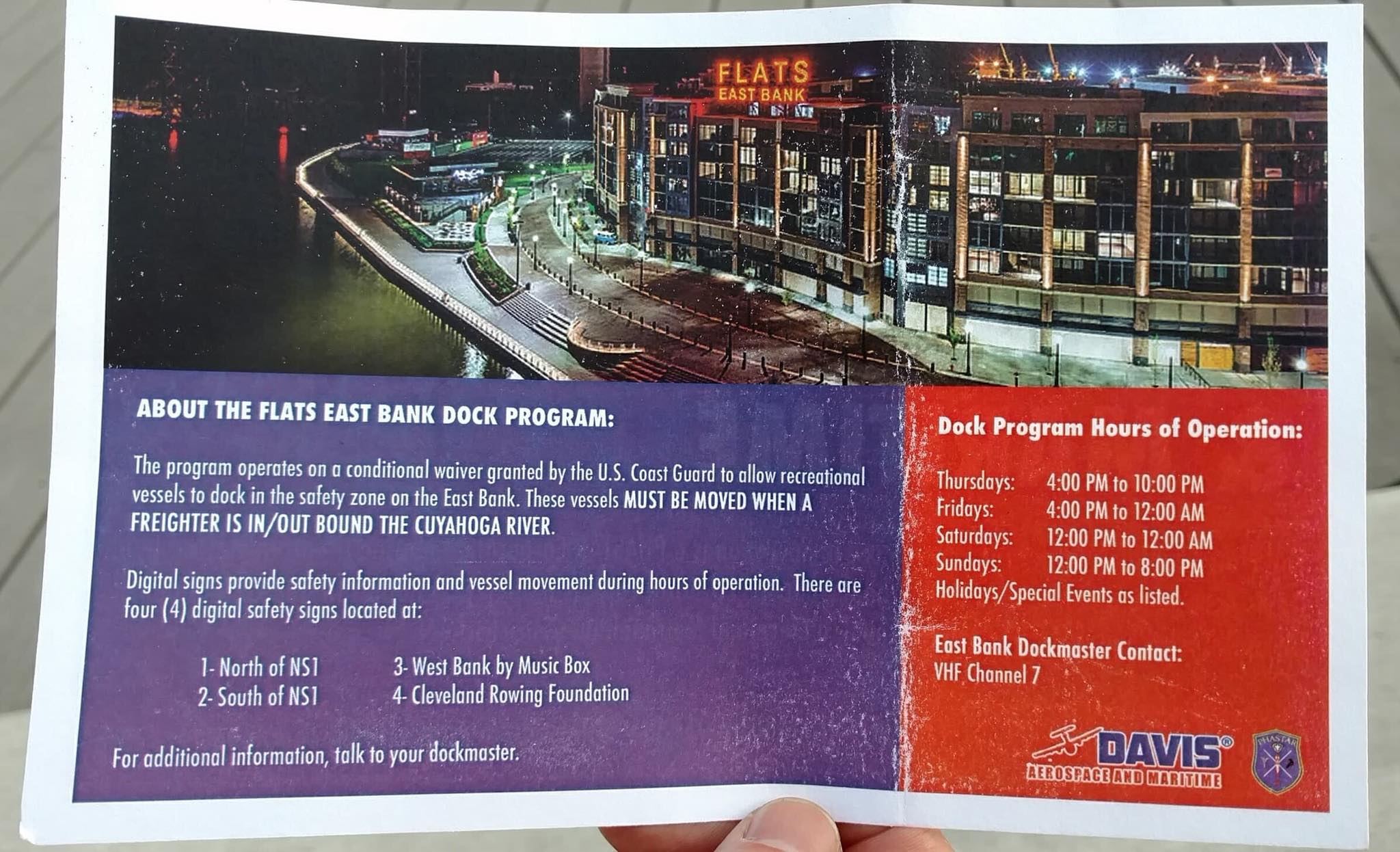
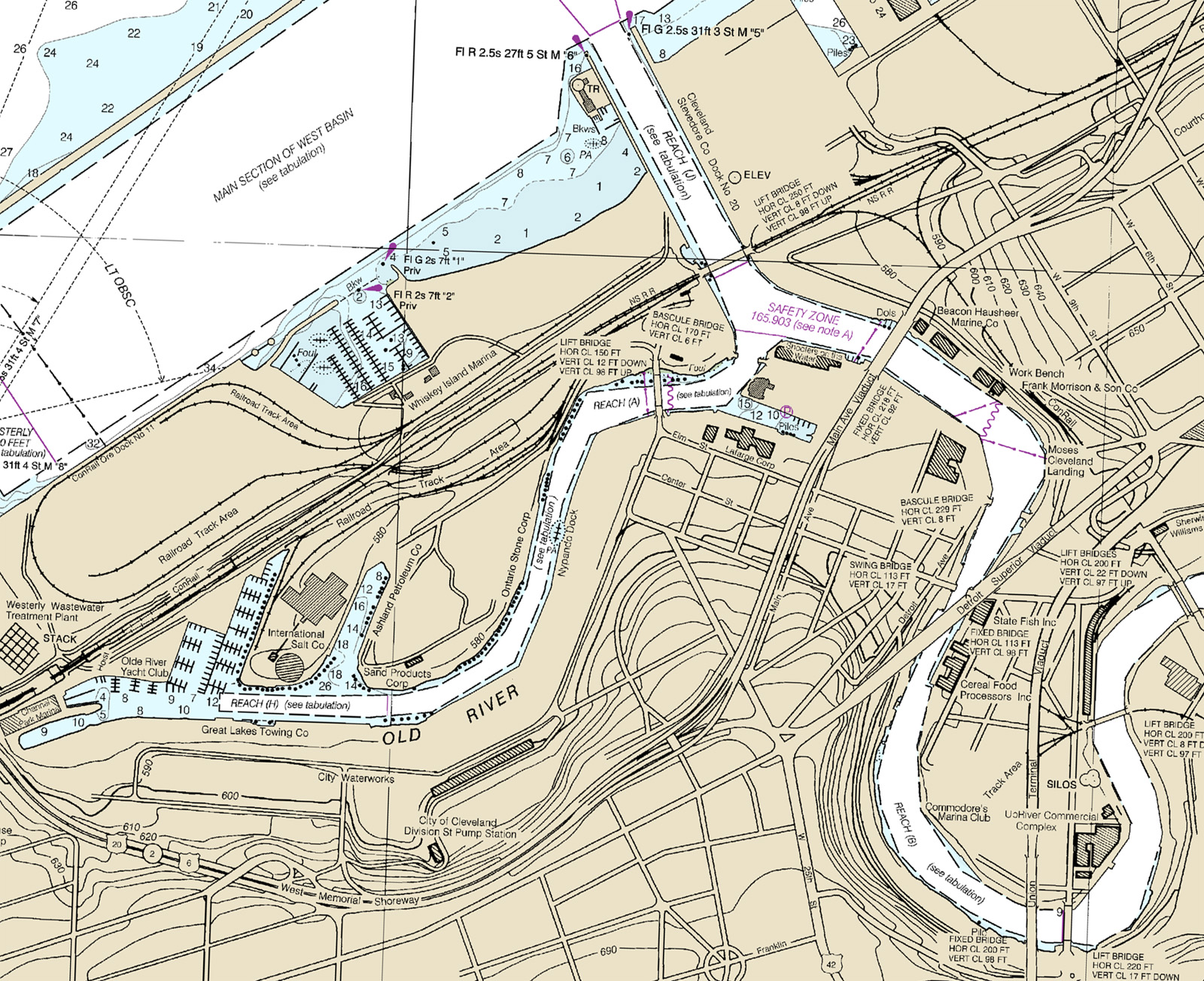
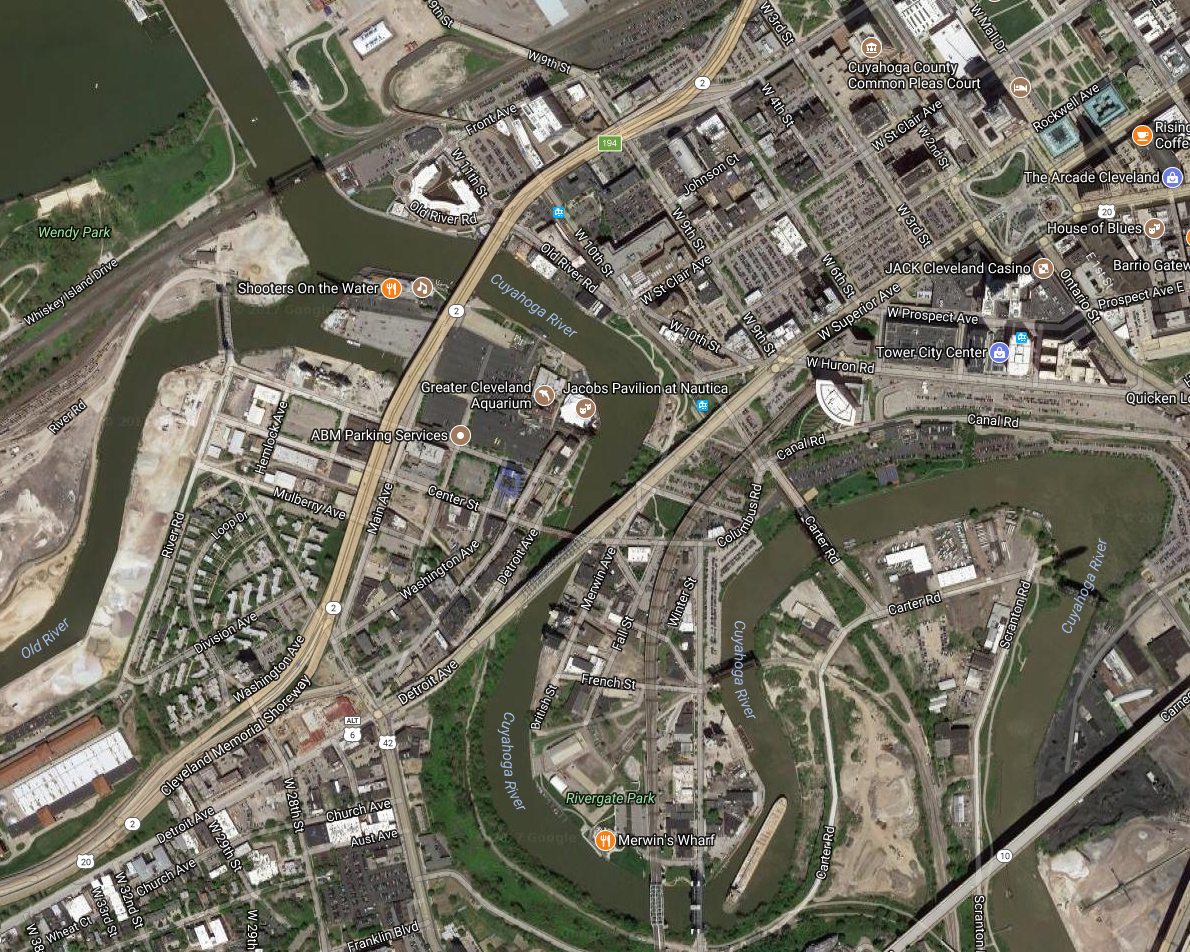

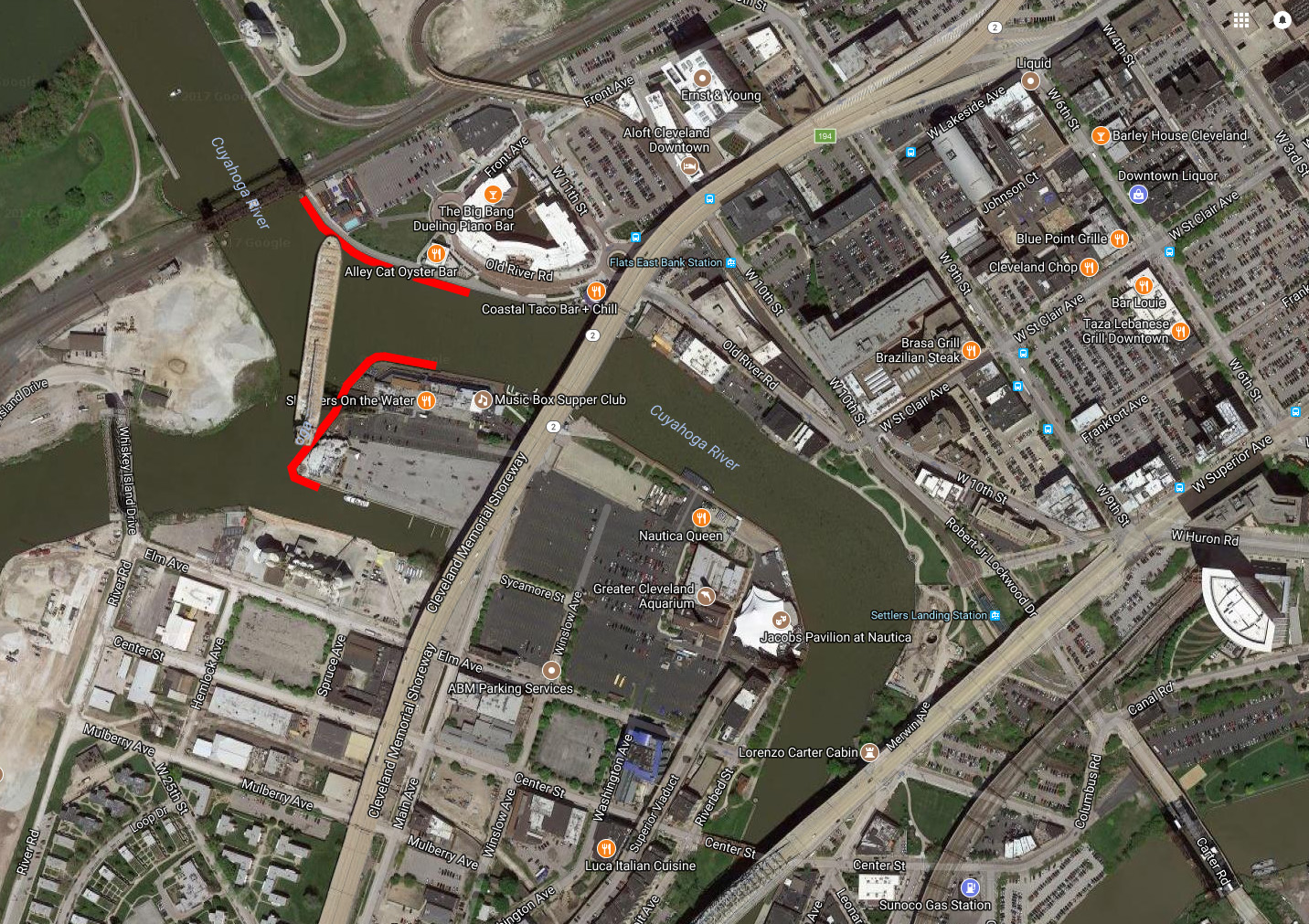
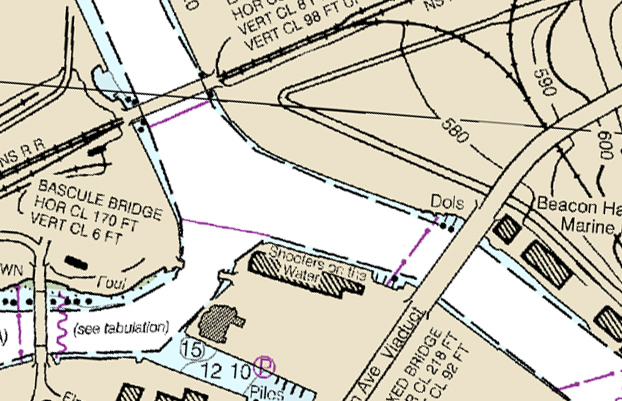
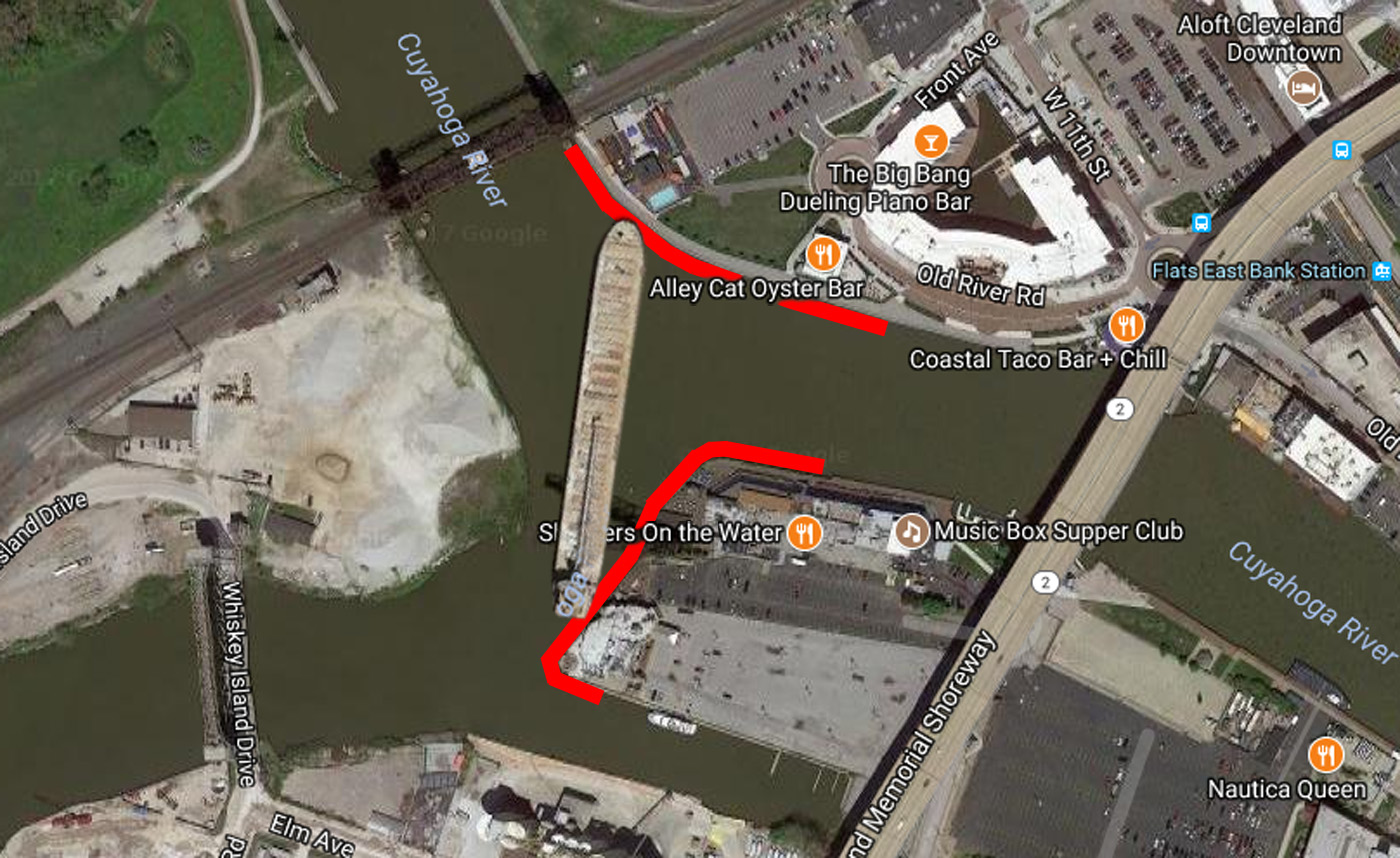
Bottom line - if you're moored in this safety zone, you're taking your chances. And if you're in this zone when a freighter comes through, you're single-handedly creating a dangerous maritime situation.
Here are some informational links:
33 CFR 165.903 - Safety Zones: Cuyahoga River and Old River, Cleveland, OH
Coast Guard highlights safety zones and restricted vessel moorings on Cuyahoga and Old River
City of Cleveland, Ohio Code of Ordinances, Port Control, Obstructing Harbor
This safety zone was a direct result of the Cuyahoga River Safety Task Force's goal to foster shared use of the Cuyahoga River while maintaining a safe environment to transport over 10 million tons of raw materials/year to manufacturing and construction stakeholders located along the river.
Recreational Power Boater Guides and Resources
Ohio Boat Operators Guide (ODNR Parks and Watercraft)
How do you know your boat is ready for a safe summer boating season and complies with new U.S. Coast Guard regulations? A no-cost, no-penalty vessel safety check from the U.S. Coast Guard Auxiliary and U.S. Power Squadrons/America’s Boating Club can help. So just what items do vessels typically fail on this important early season inspection? According to the U.S. Power Squadrons/America’s Boating Club, the top three reasons for failing an inspection are: 1) Navigation lights 2) Fire extinguishers, 3) Distress signals.
Additional Paddle Safety Tips and Resources
If you’re kayaking on the Cuyahoga River in the vicinity of Kent, OH, this GREAT video is a MUST WATCH, especially when larger rains bring surges to water levels. Check out the City of Kent Fire Department’s debrief:
If you’re unsure of how a river in your patch is running, check out the Rivers.Run app or even their rivers map!
The American Canoe Association has some great safety tips. Thanks for the tip Play Harder Adventures!
American Whitewater provides some interesting insight on managing and minimizing recreational user conflicts under “The Science and Management of User Conflict” section on their site: https://www.americanwhitewater.org/content/Wiki/stewardship:share_the_river
Should you paddle that river? I. Herbert Gordon has a few tips at www.paddling.com https://paddling.com/learn/classification-of-rapids-water-level-and-canoeists/
What Are Strainers On A River? Tips To Stay Safe - Even if you are on a river that isn’t moving fast, you could get caught in a strainer, and potentially flip your kayak. If the water is cold, you could be in trouble. The point is, strainers can be dangerous no matter what the water conditions are. (from paddleabout.com)
Knowing how to “self-rescue” is an IMPORTANT technique! As experts wisely say “It’s not a matter of if you’ll go in, it’s a matter of WHEN you’ll go in”. Knowing how to self-rescue is especially important if you’re paddling inside the Cuyahoga River’s Federal Navigation Channel due to limited exit points and the high steel bulkheads that line the length of the channel.
What’s the best way to re-enter a sit-on-top kayak in the event that you've fallen off, jumped off, or capsized? paddling.com has a great video. And always wear your PFD.
Lake Erie and Lake Ontario Boating and Water Safety
Cleveland’s Theater of the Waterfront
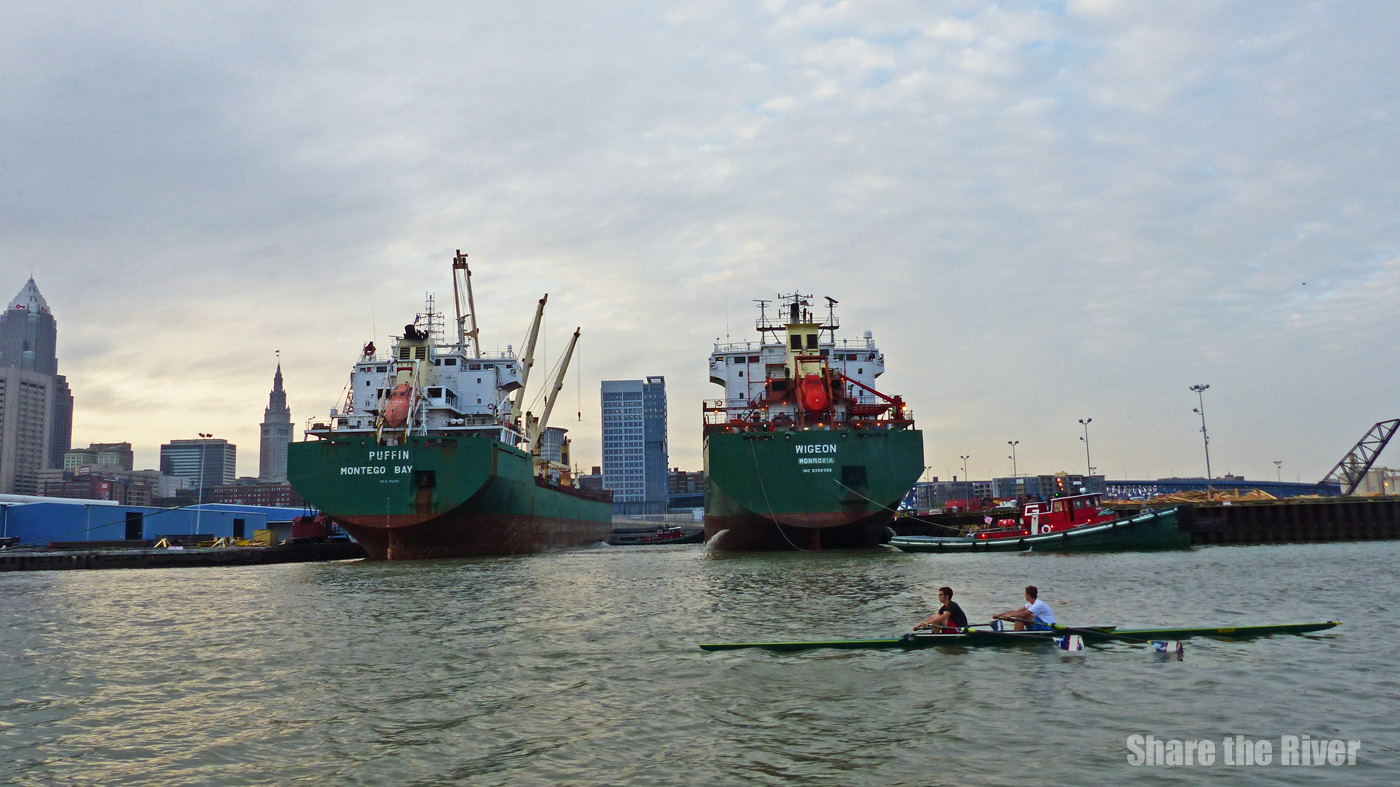
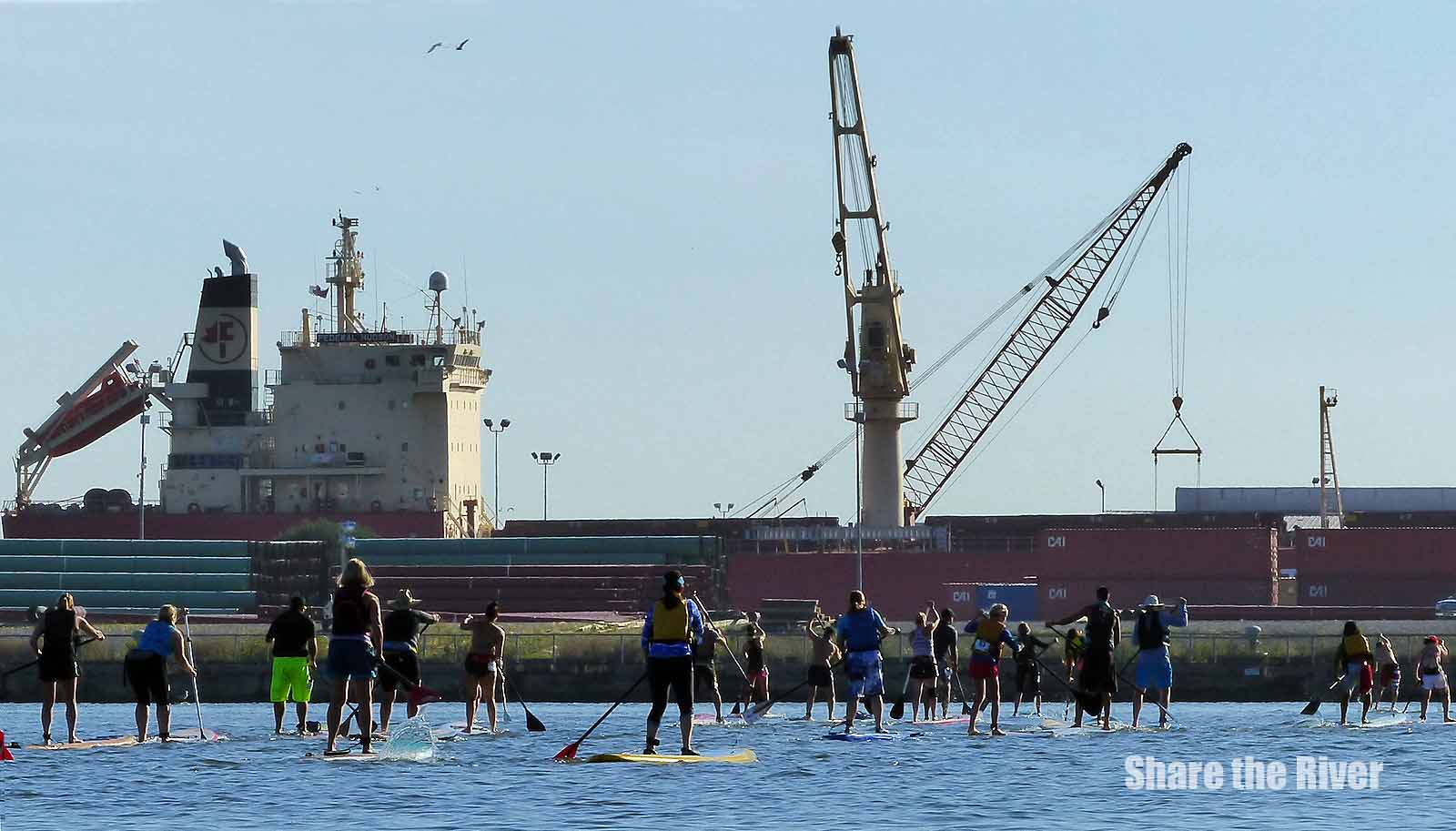

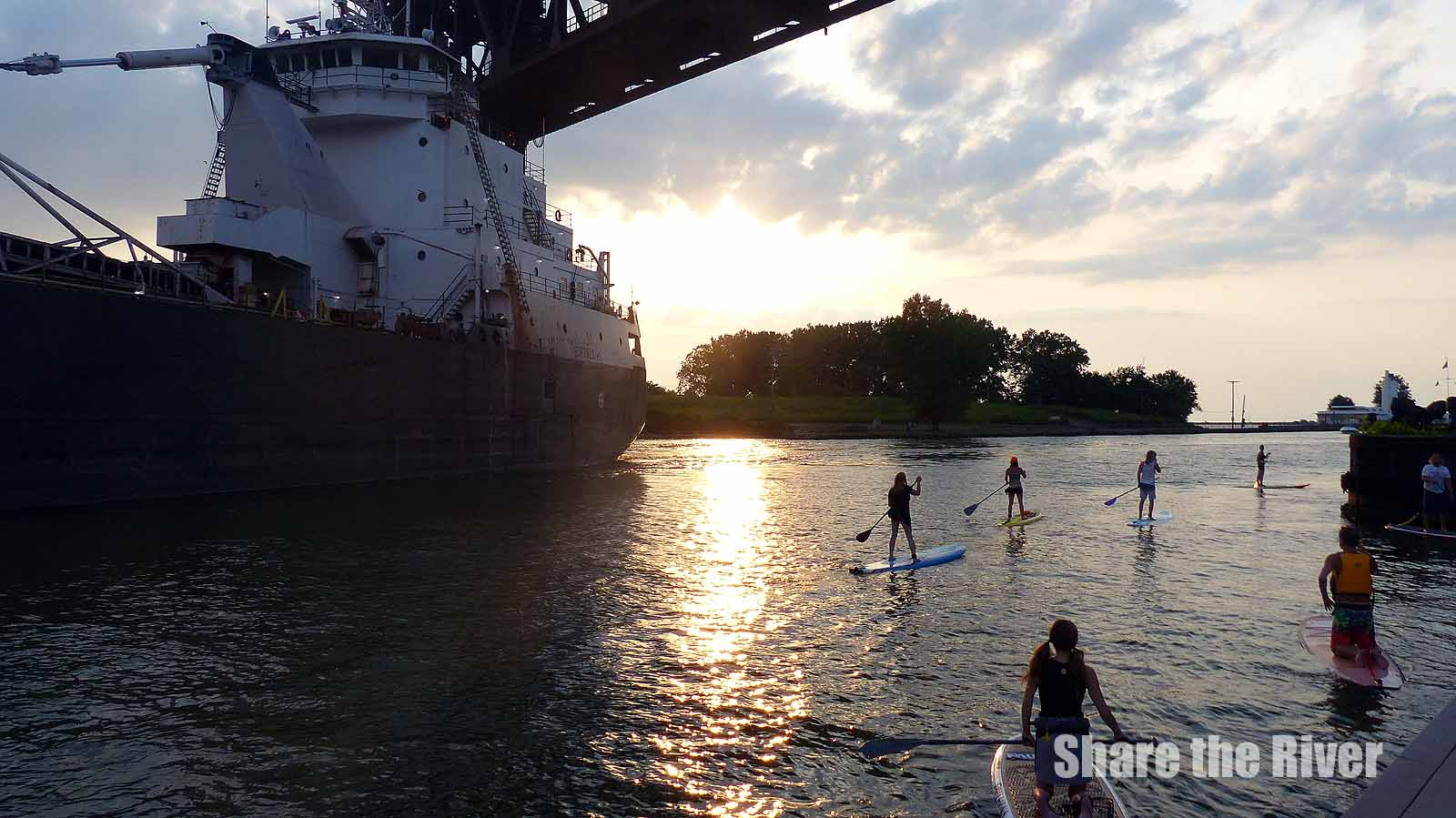
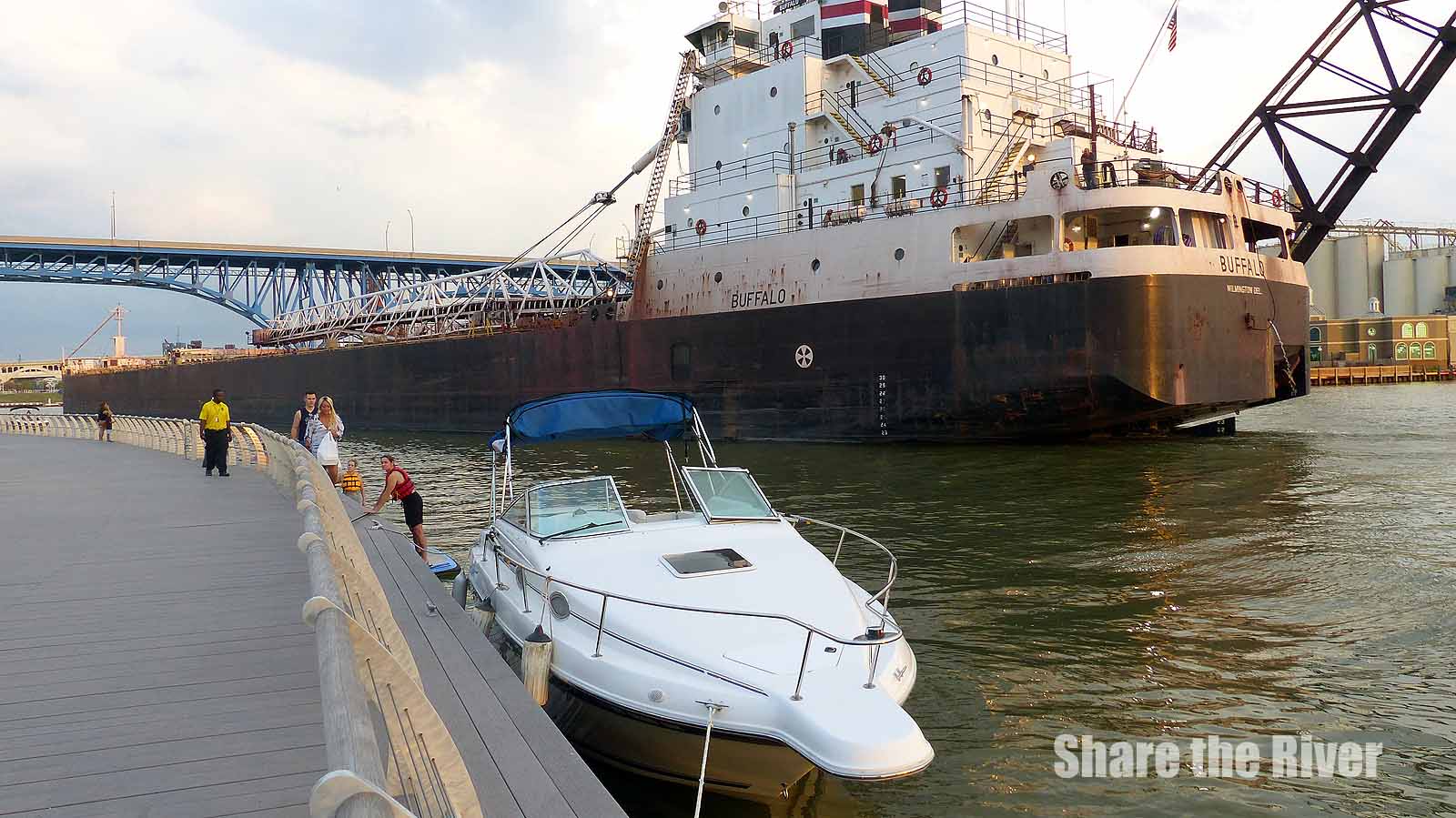
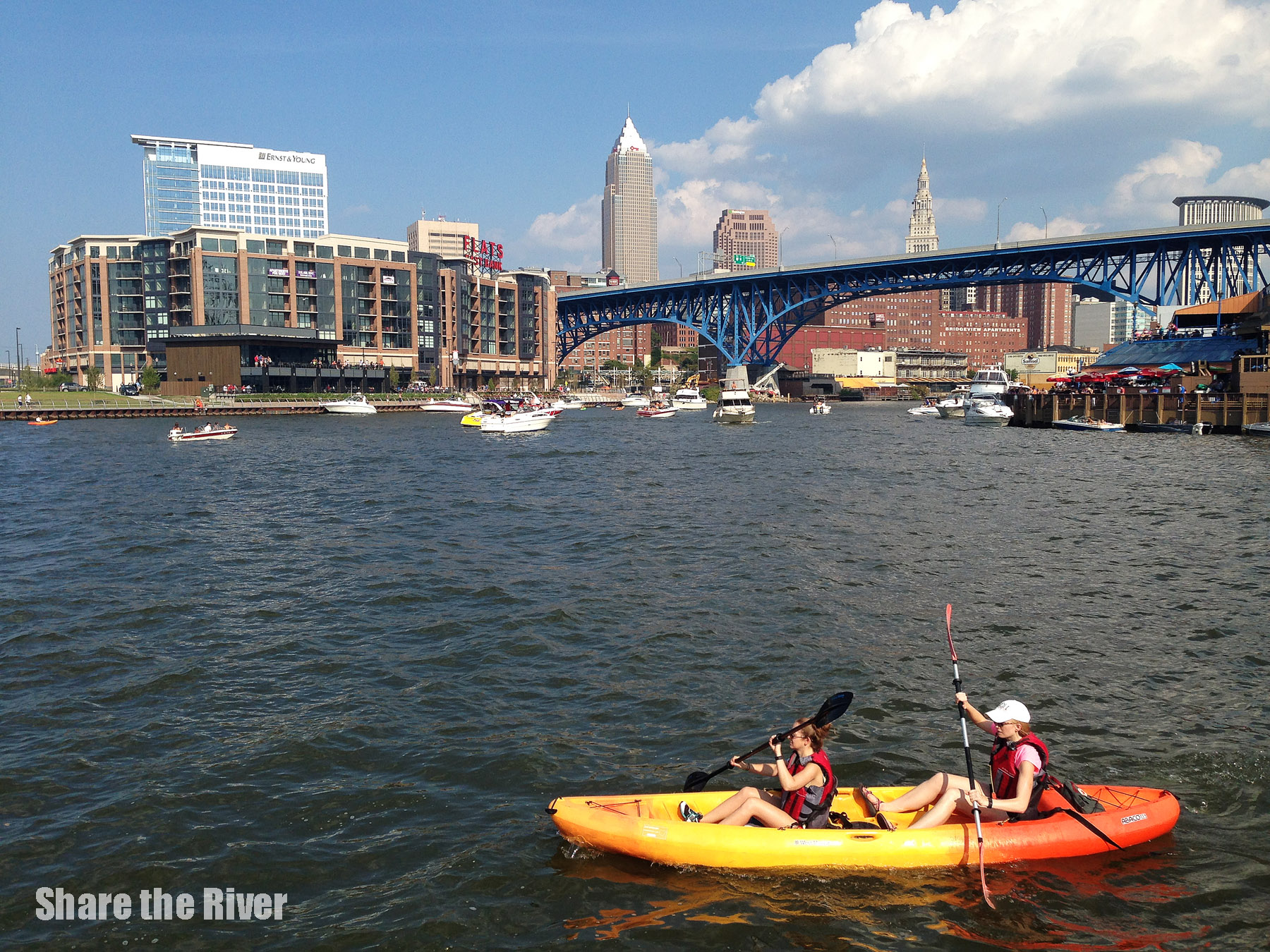
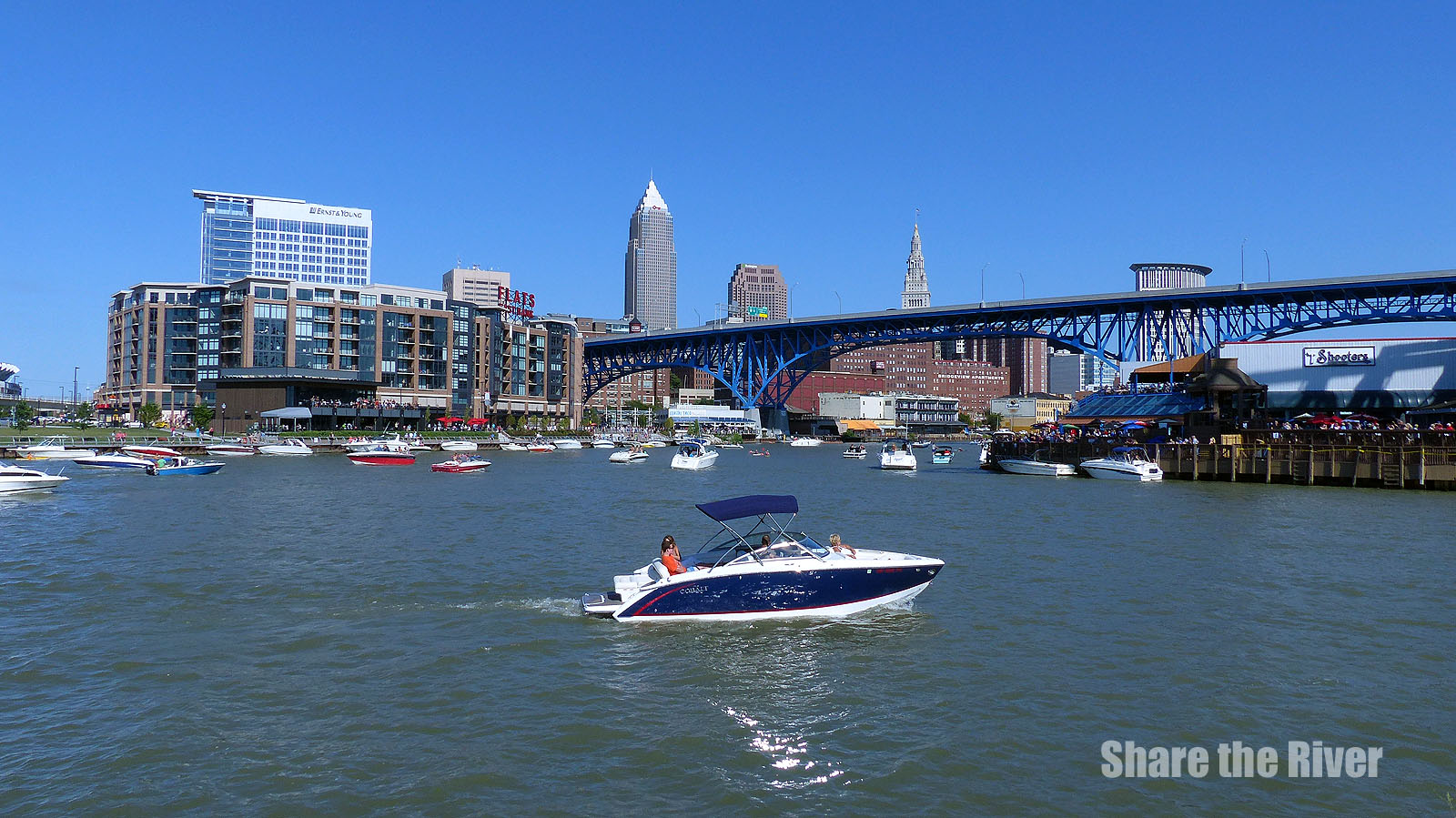
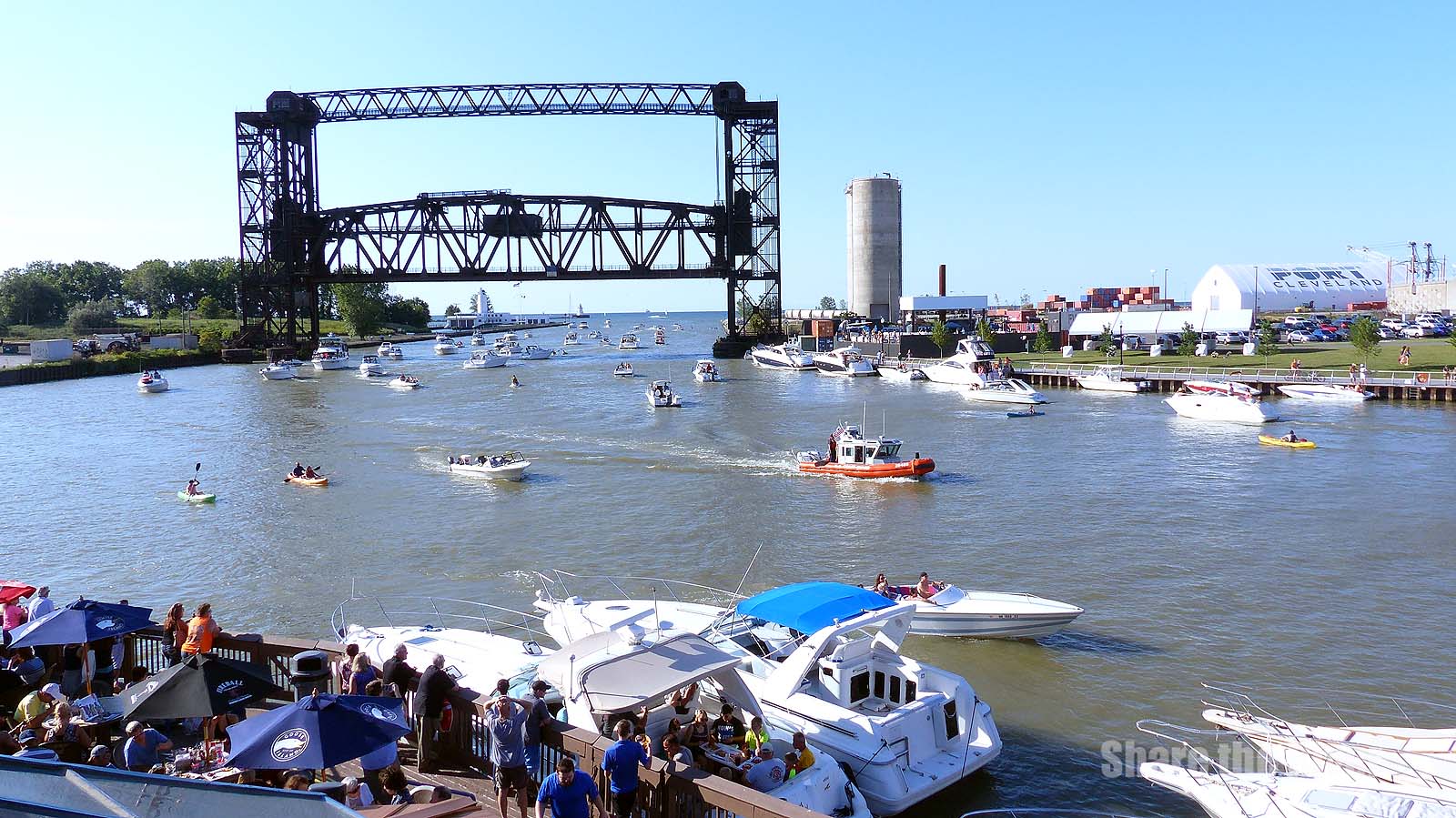
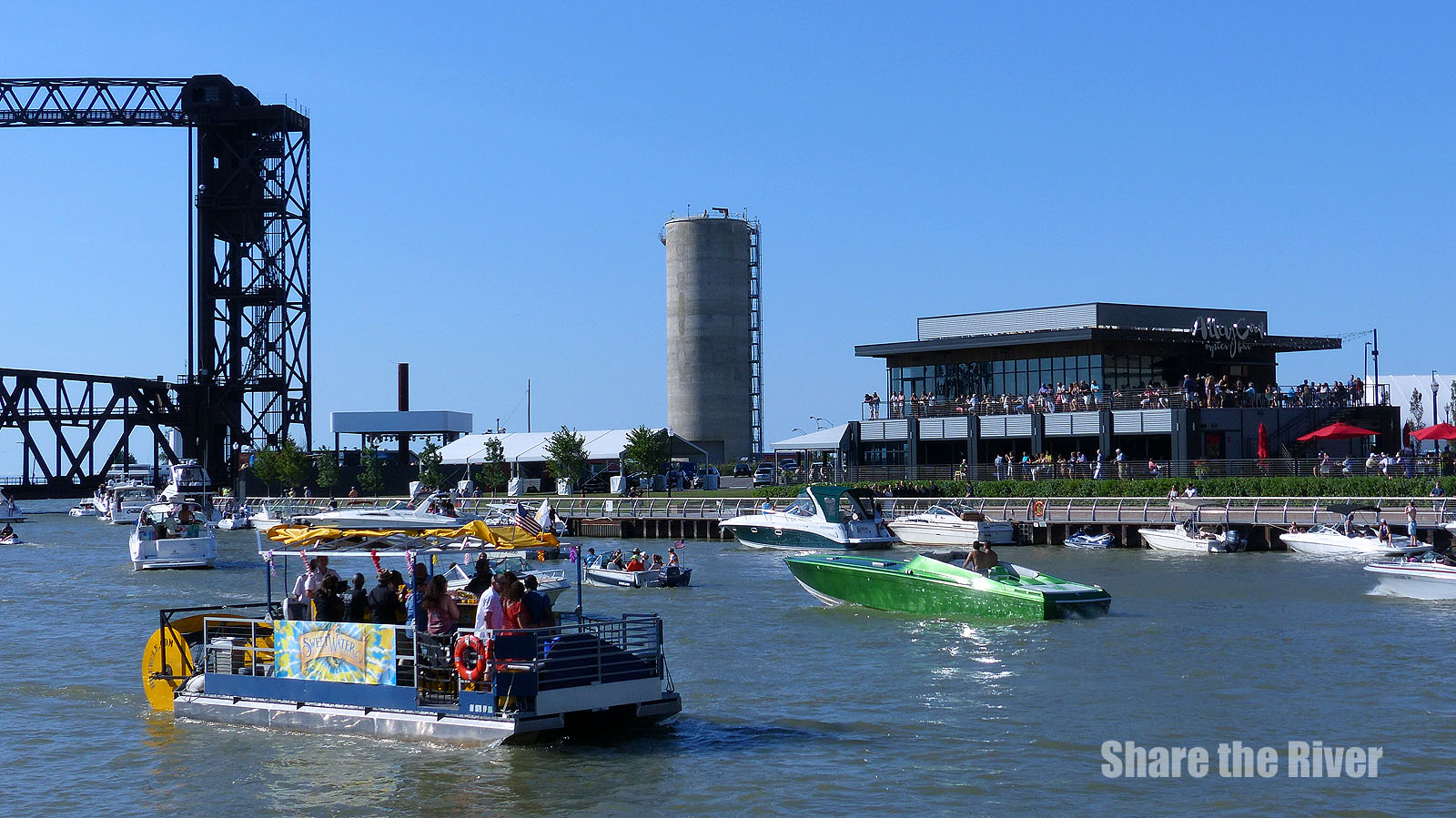
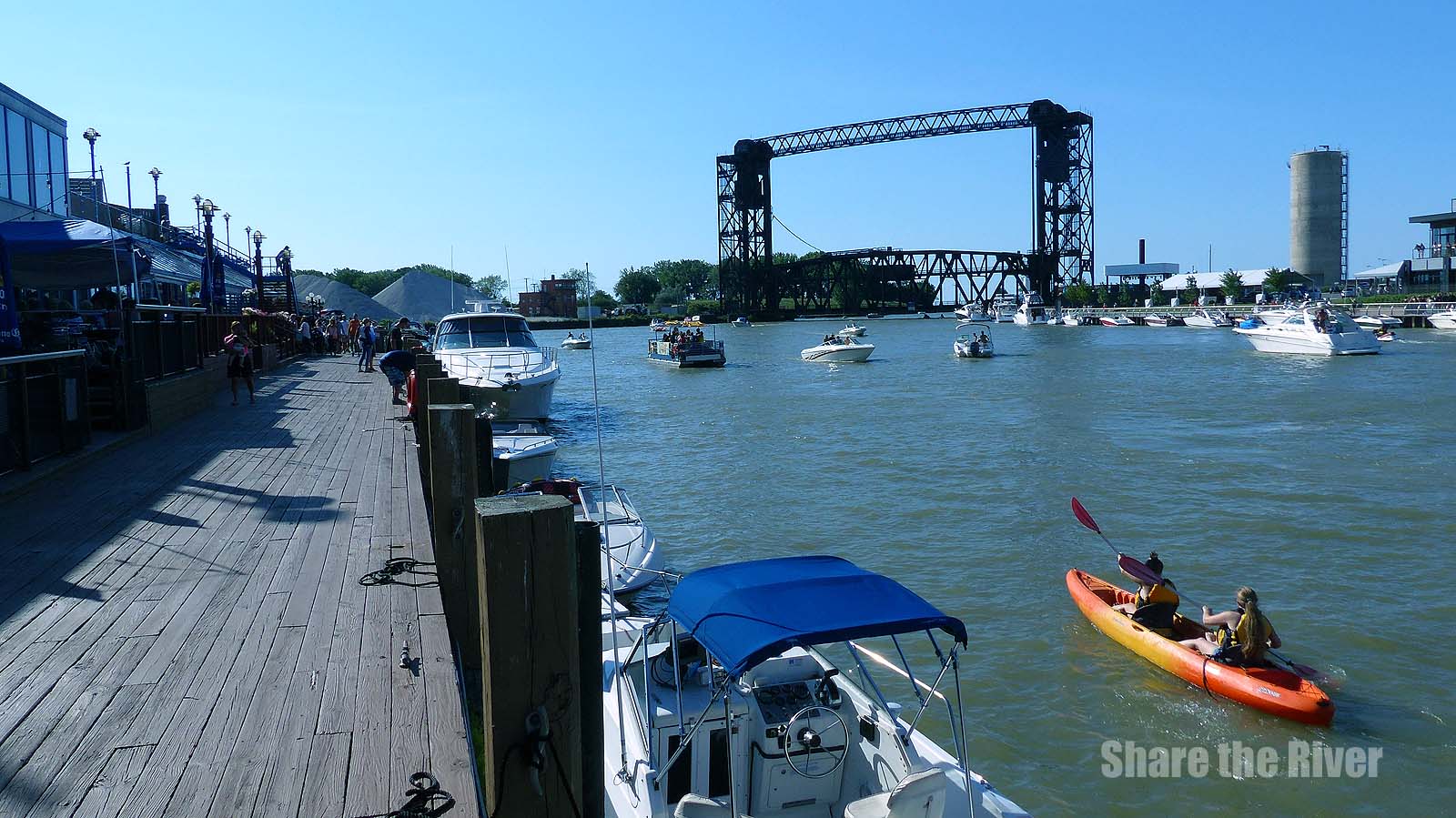
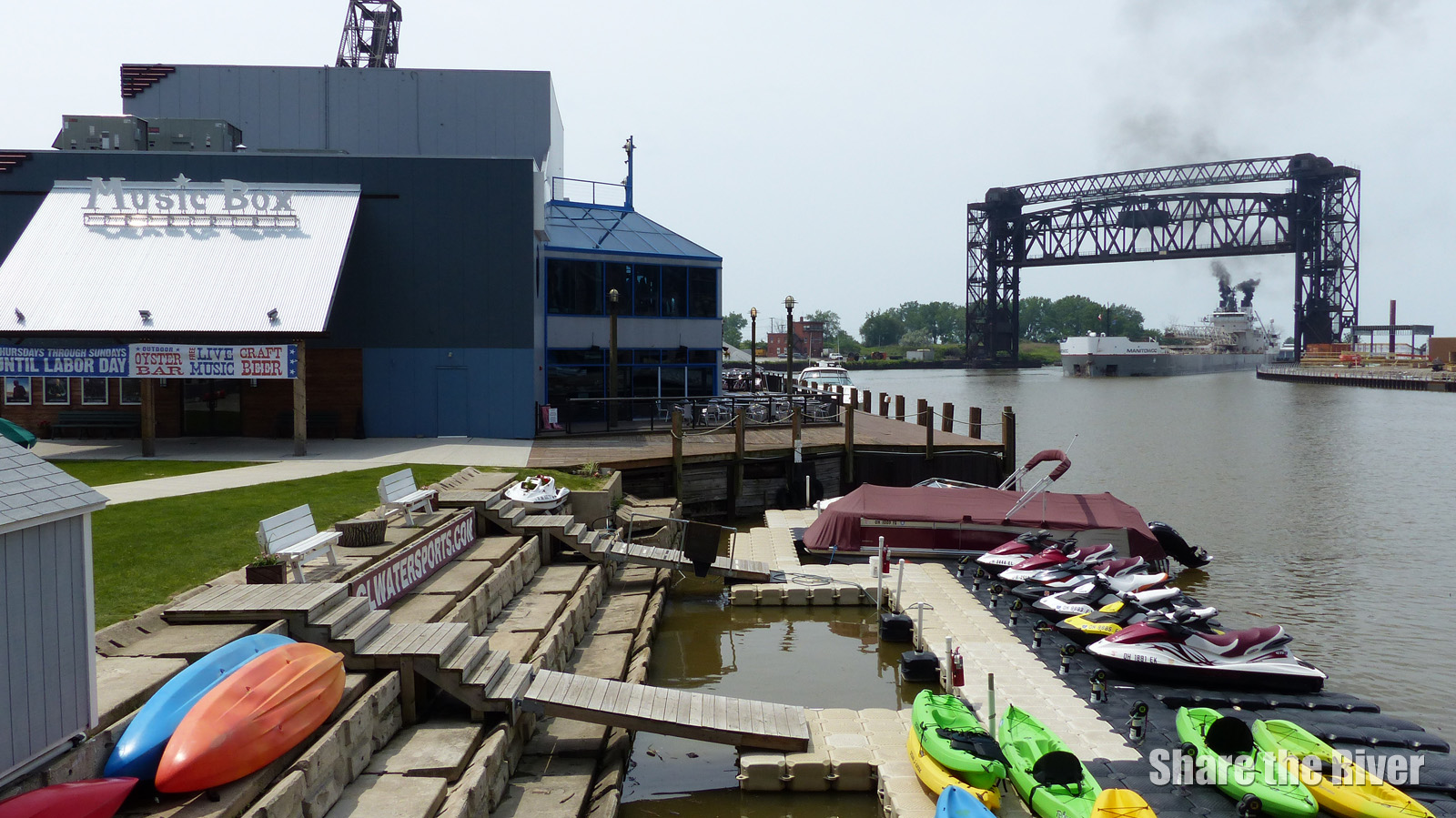
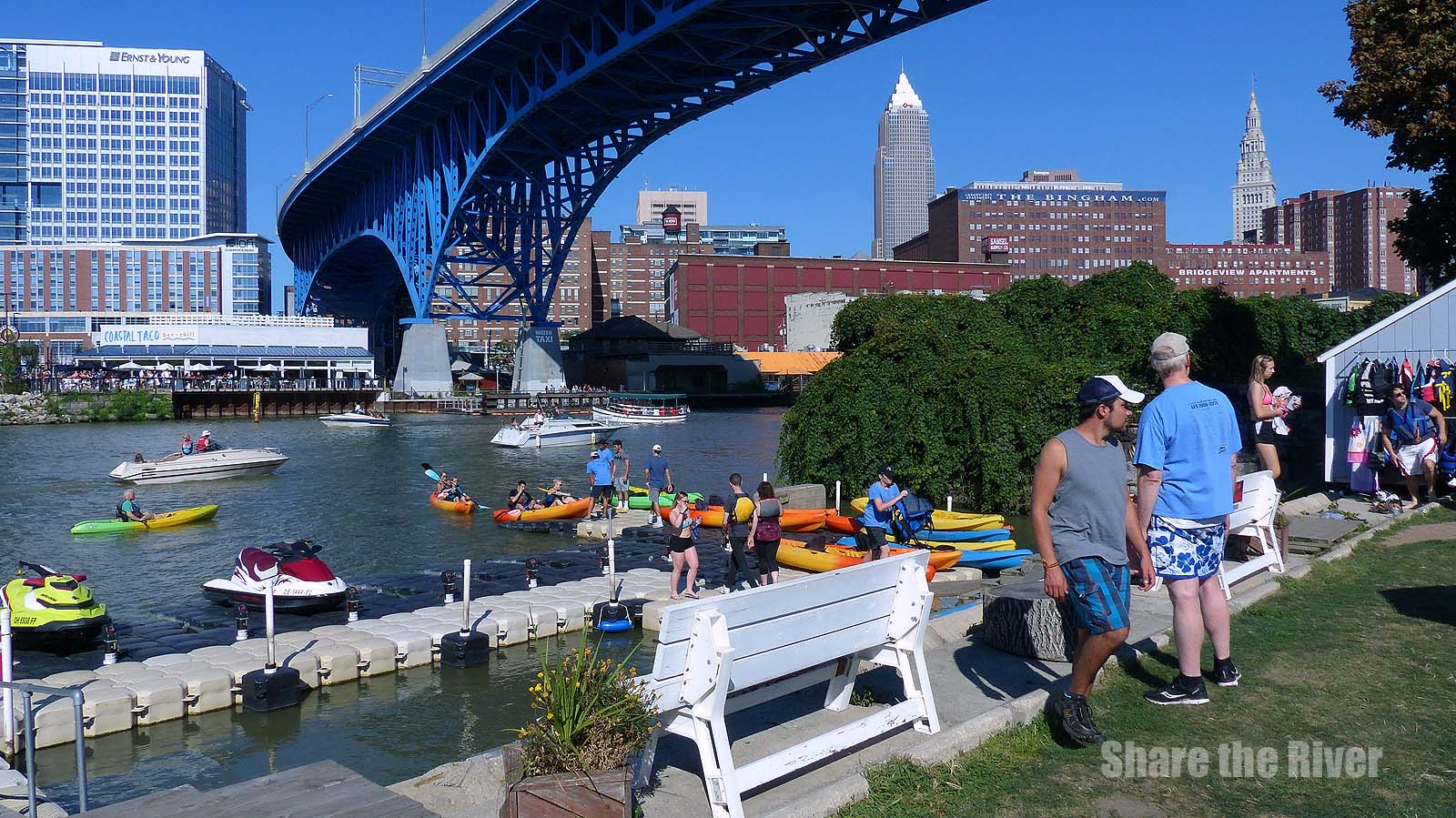
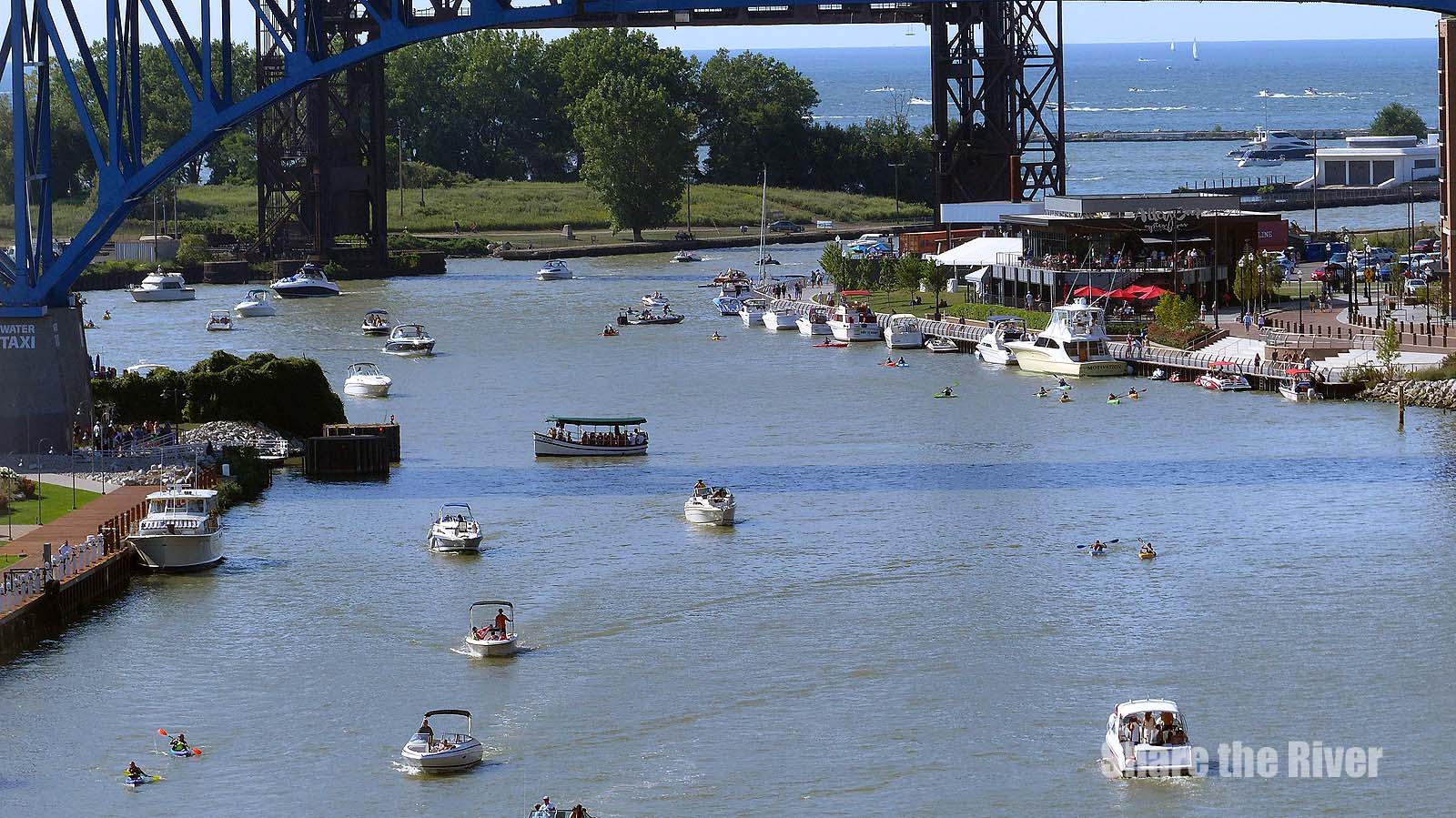
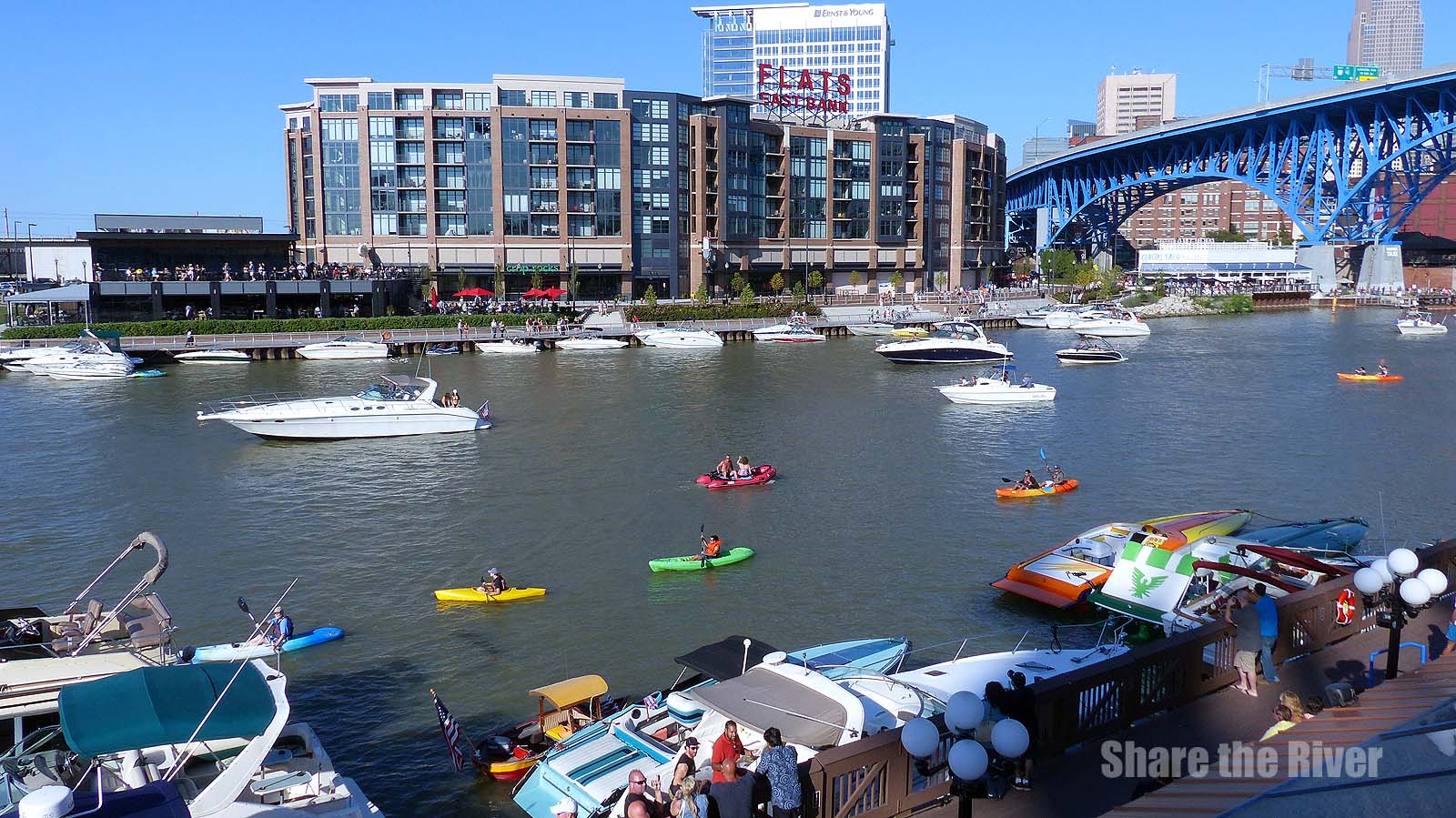
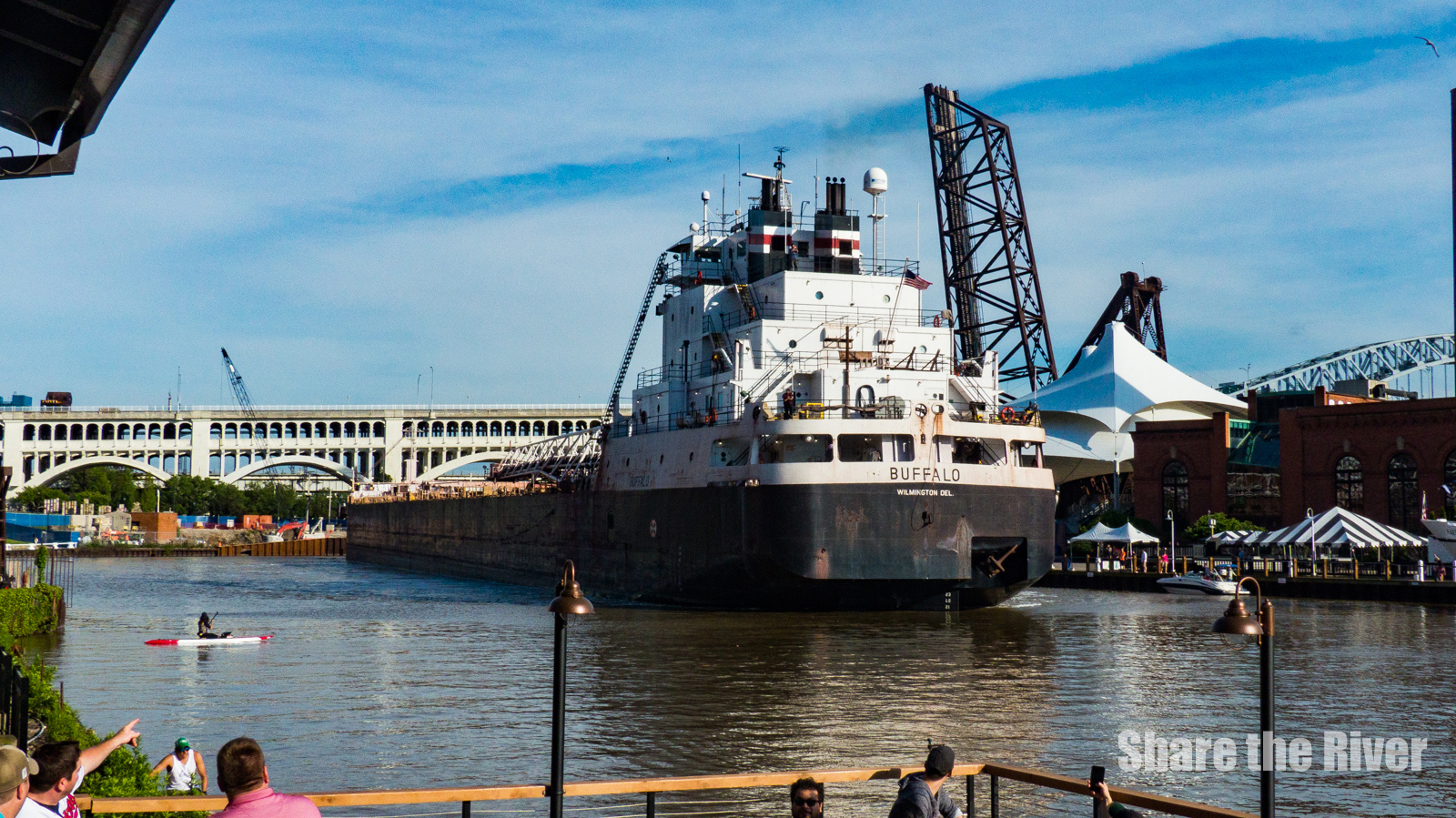
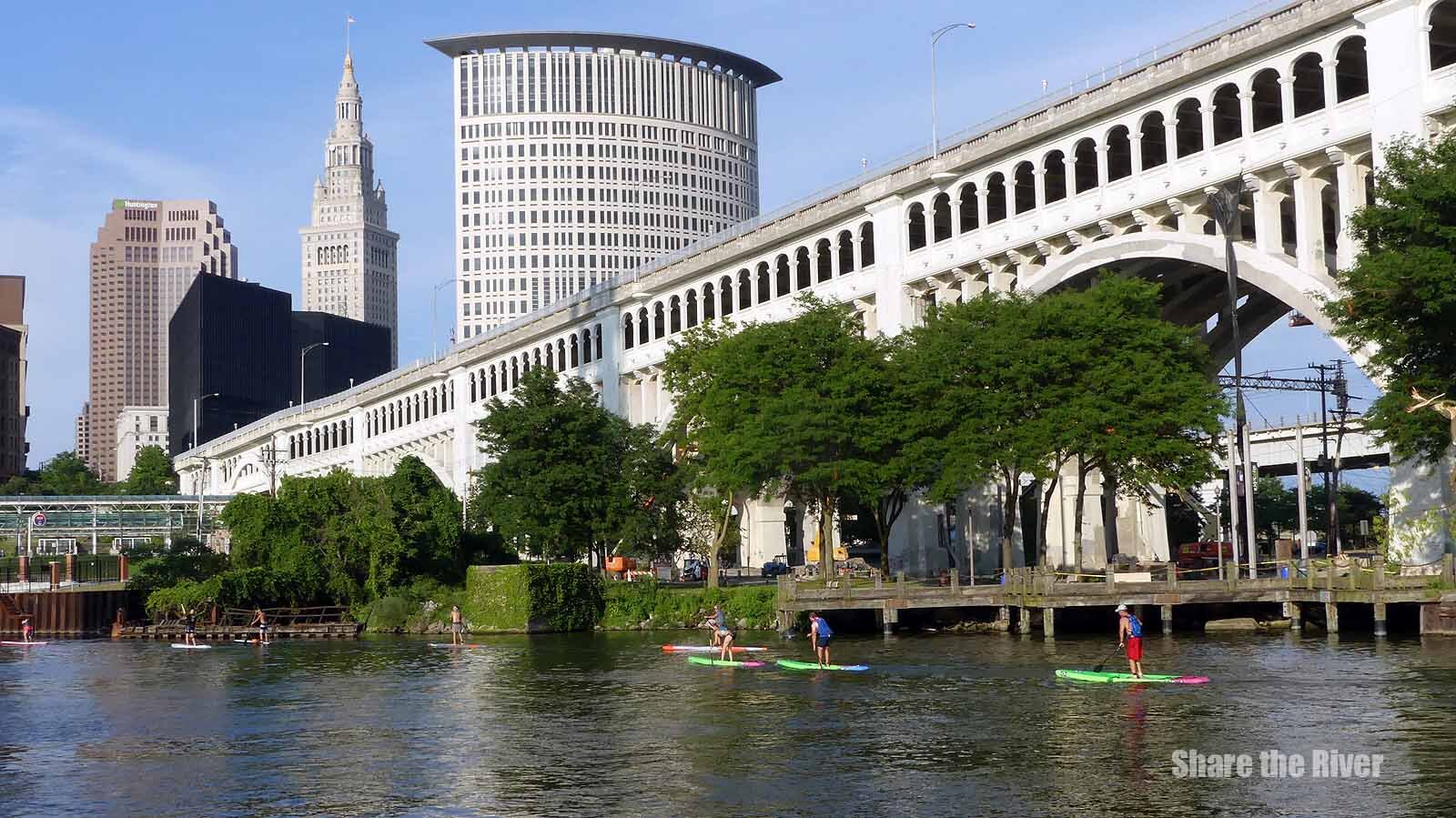
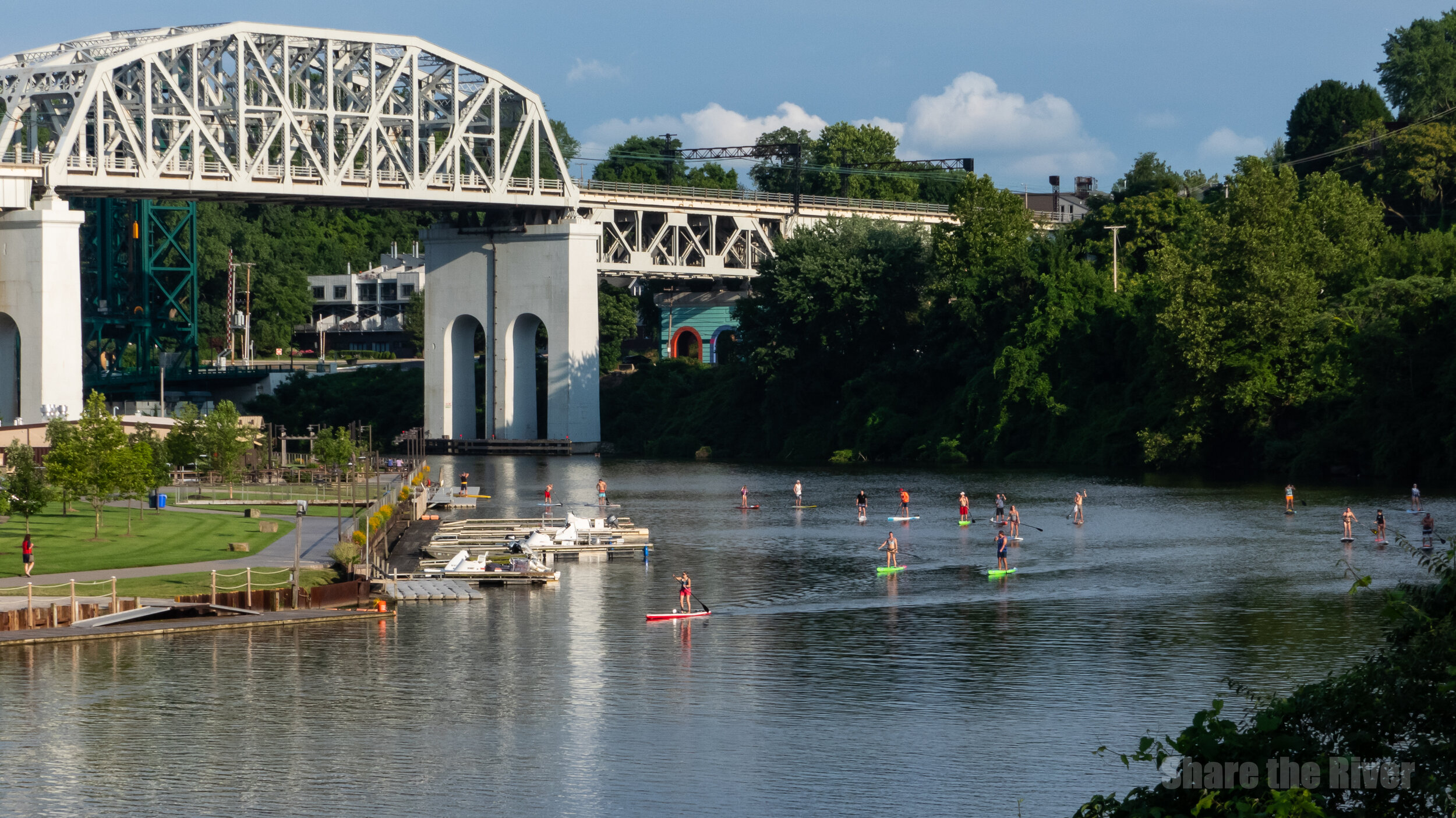
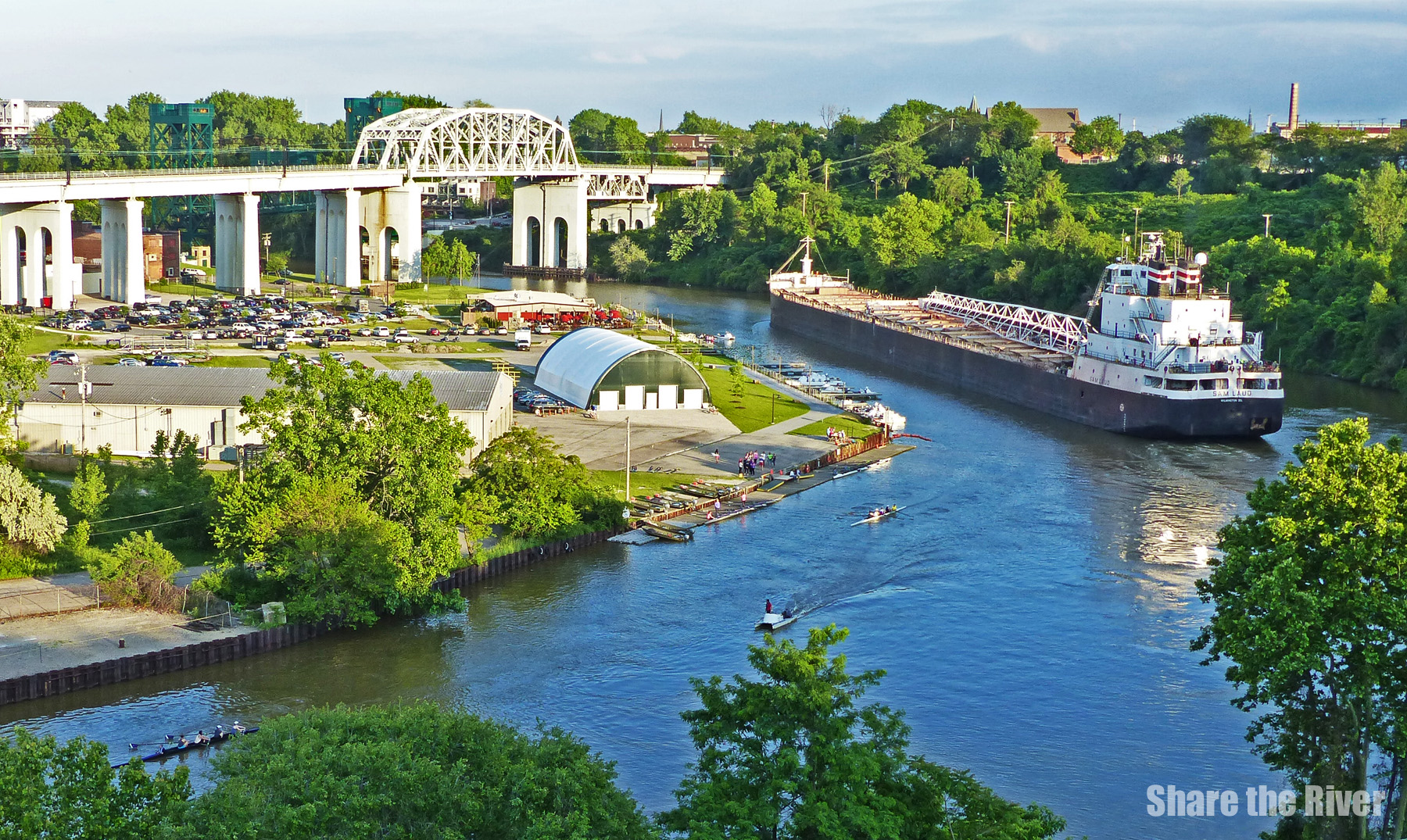
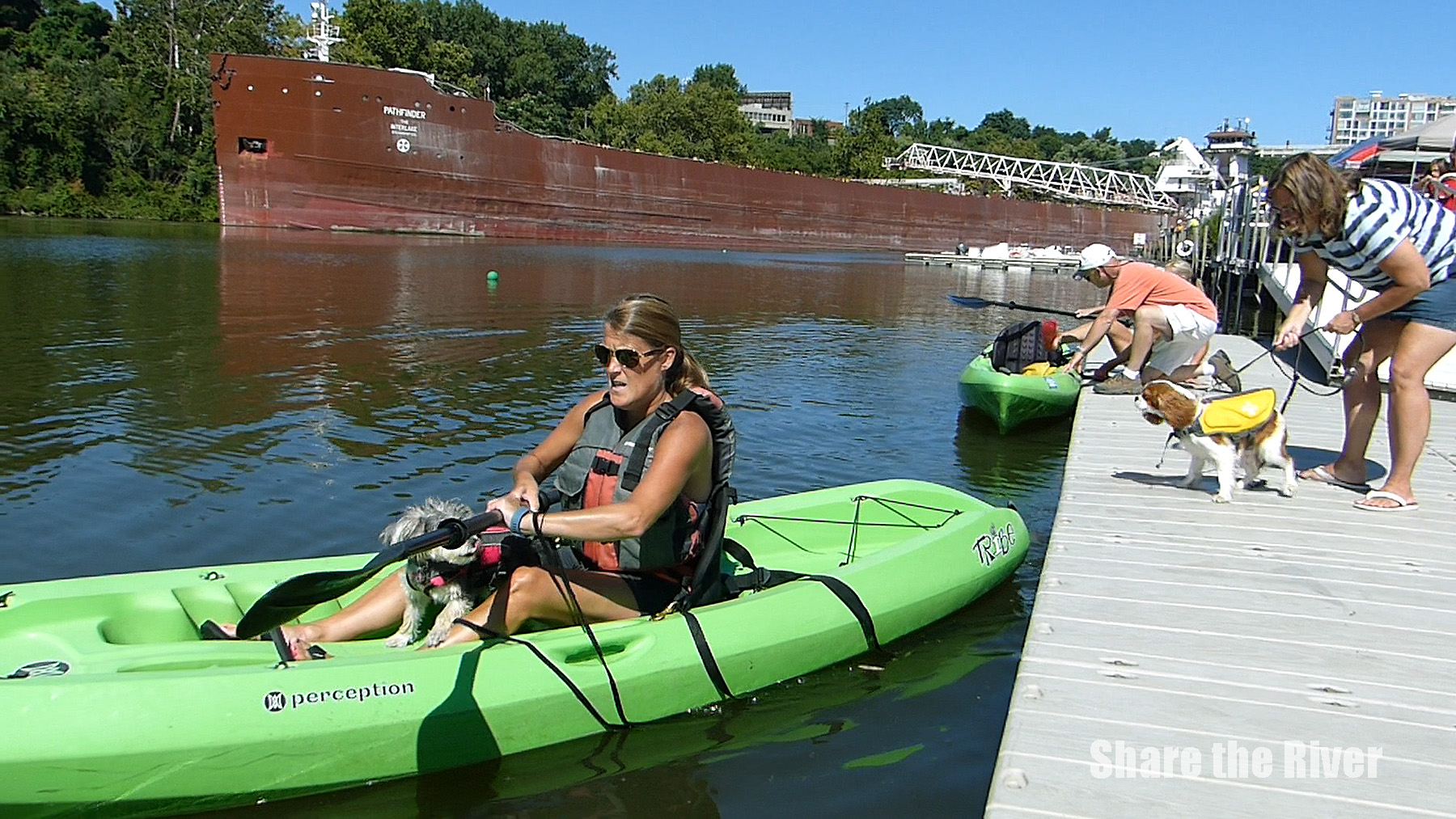
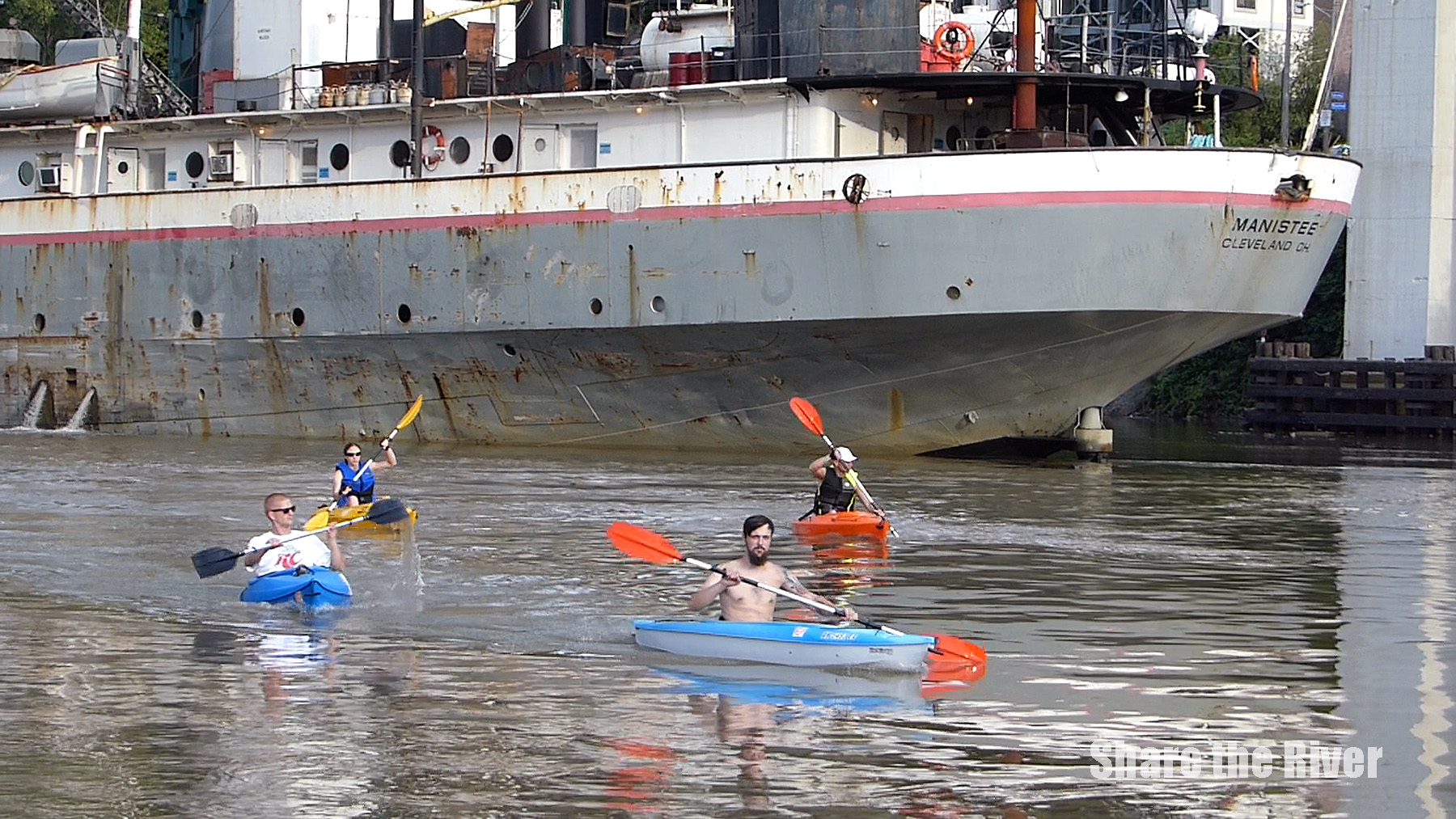
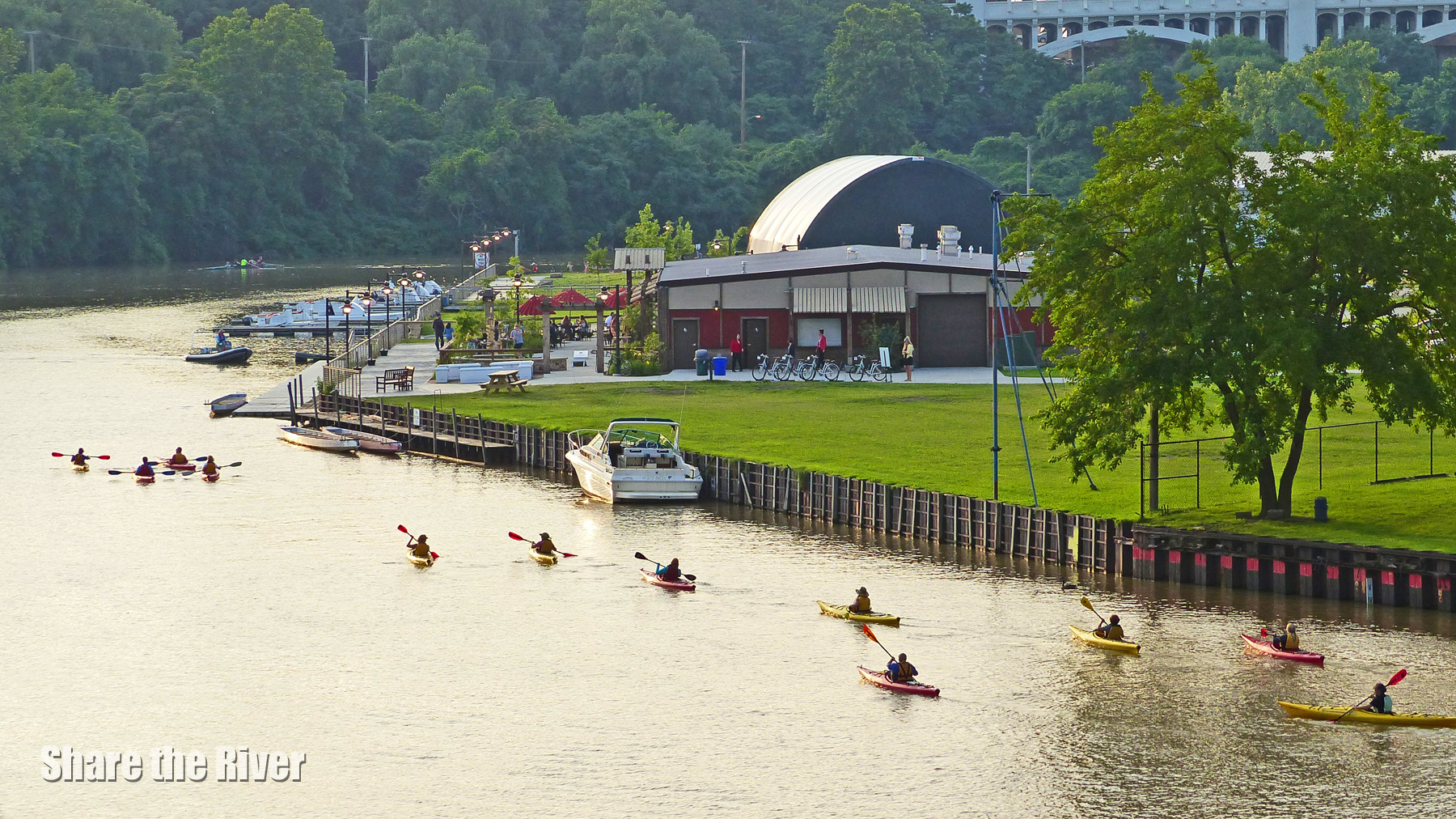
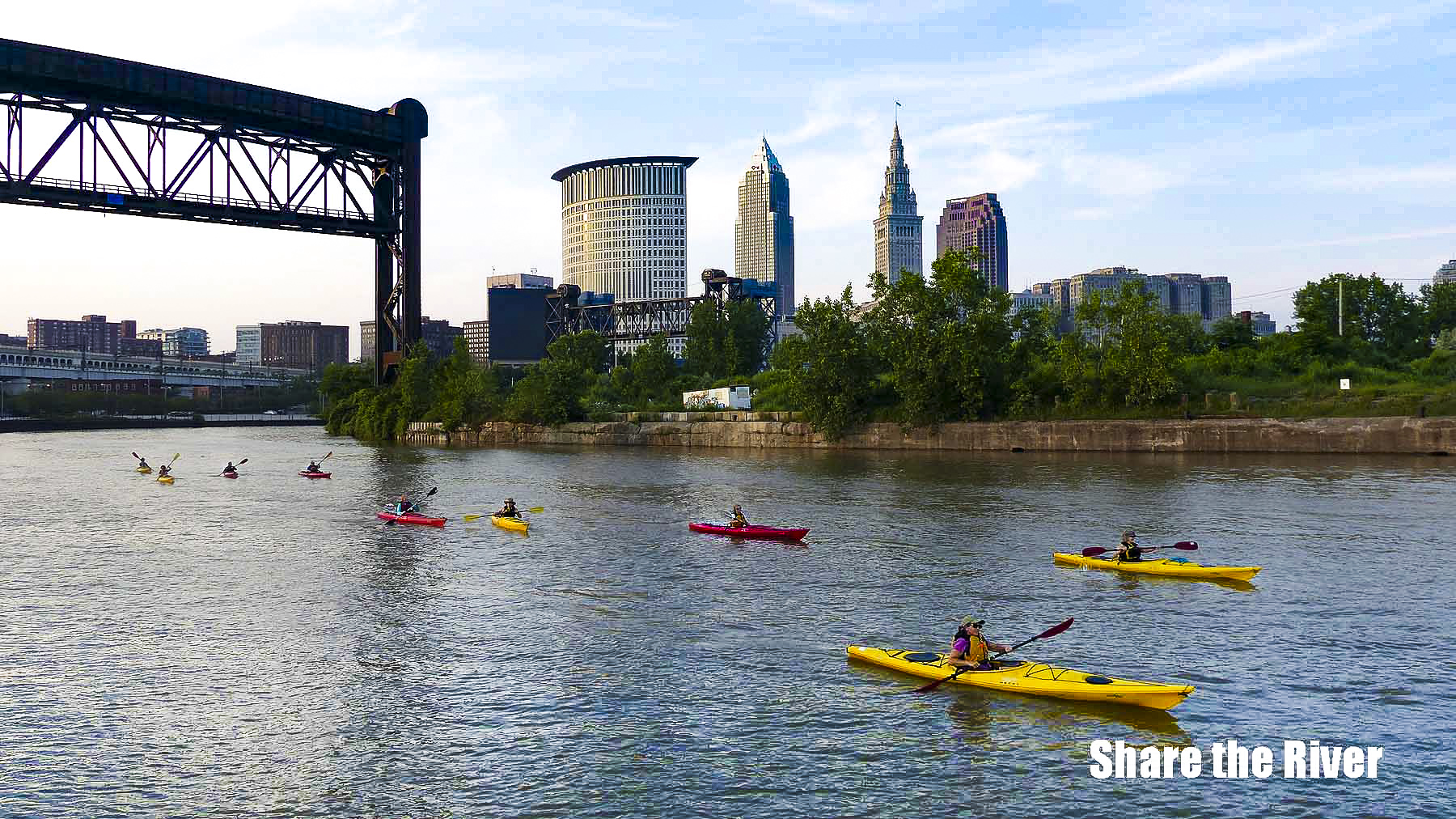
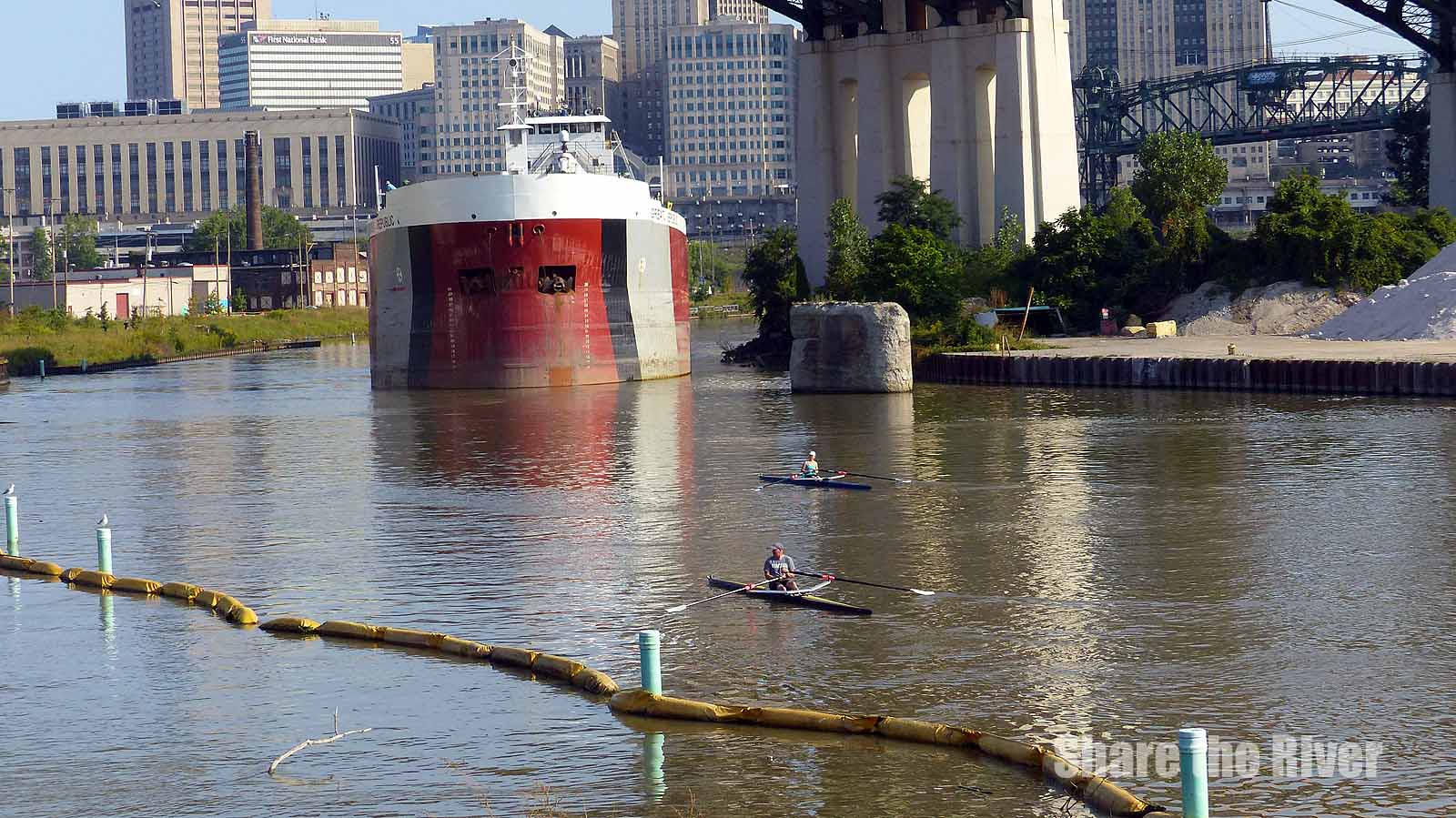
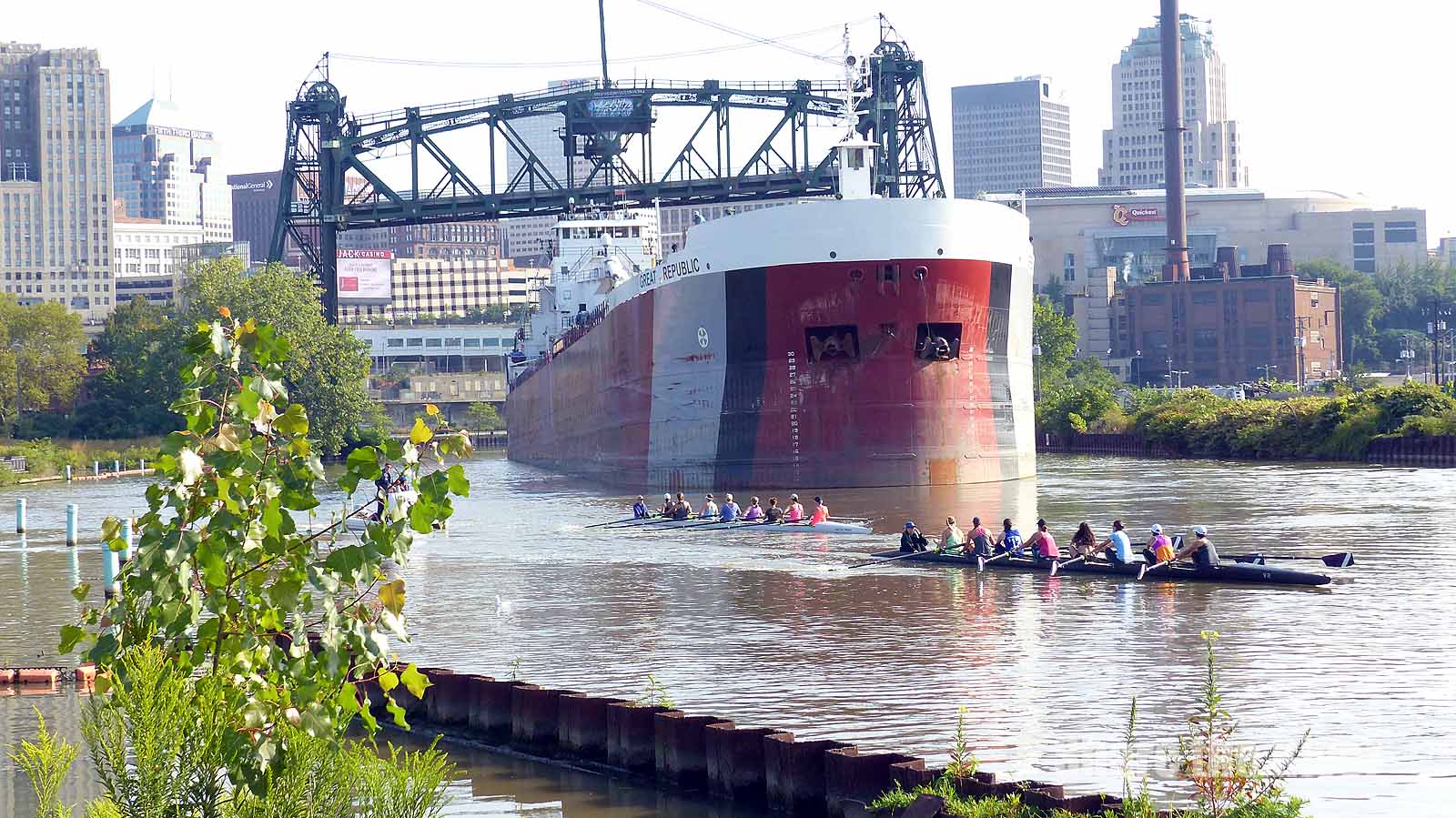
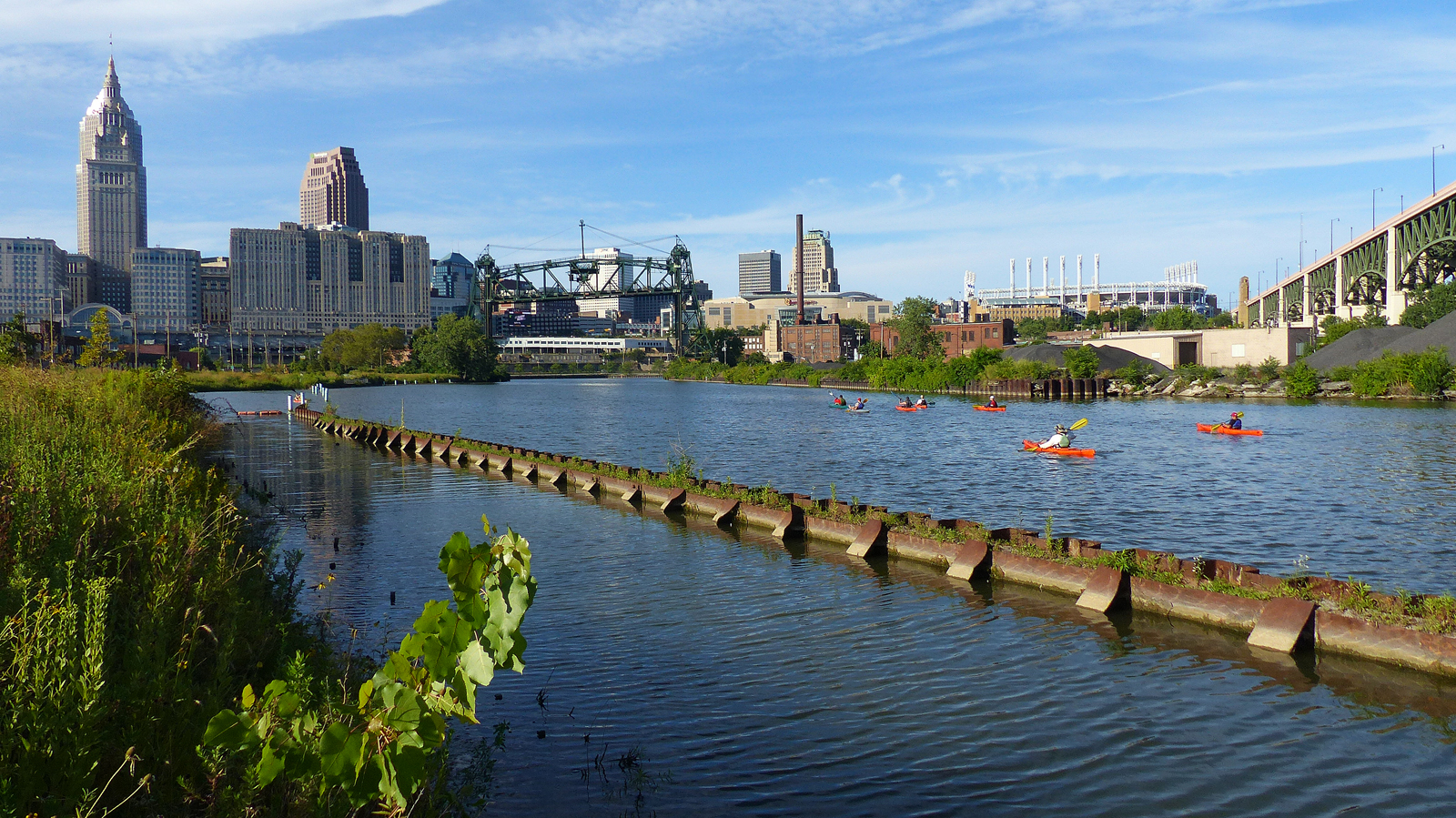

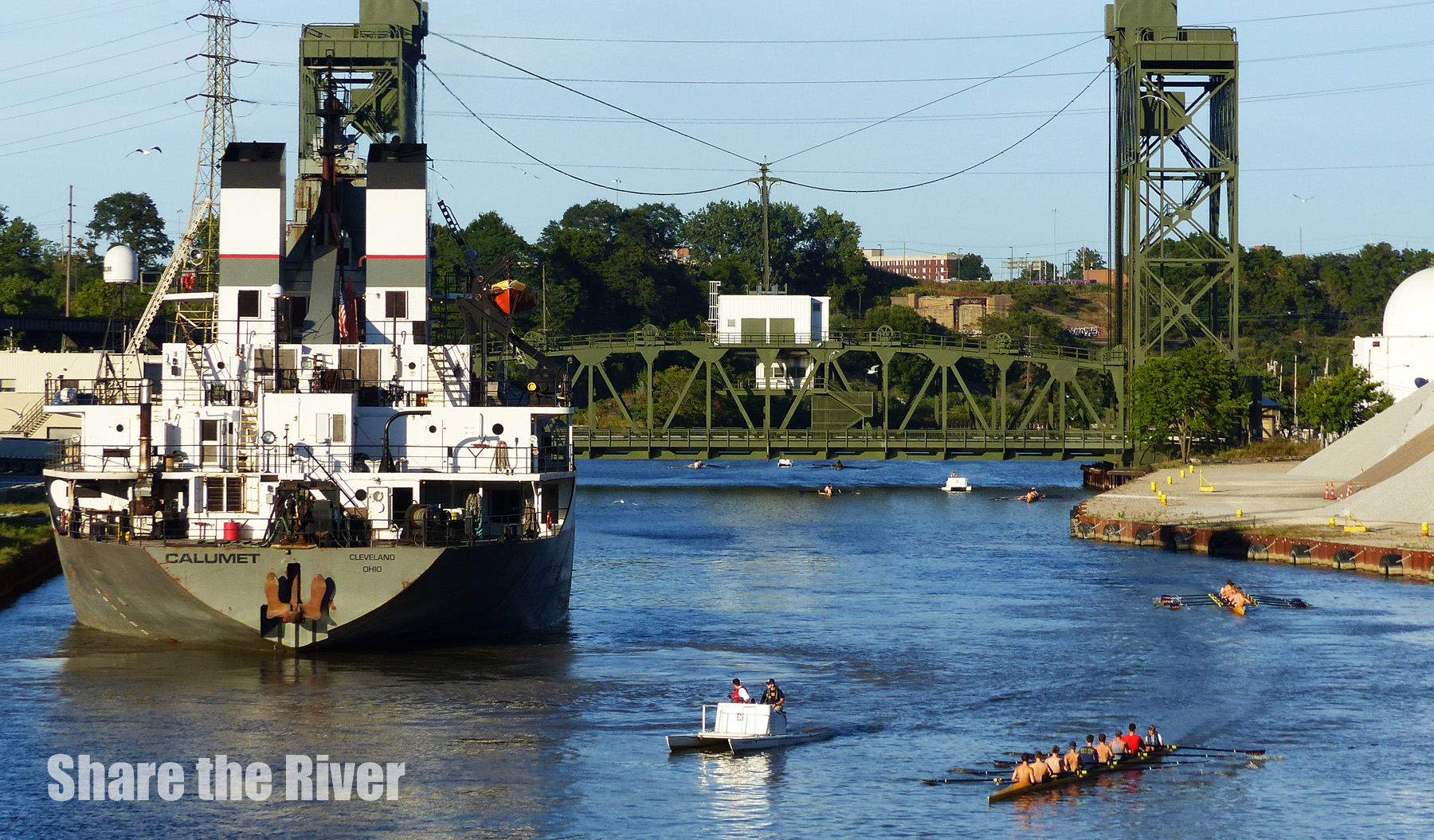
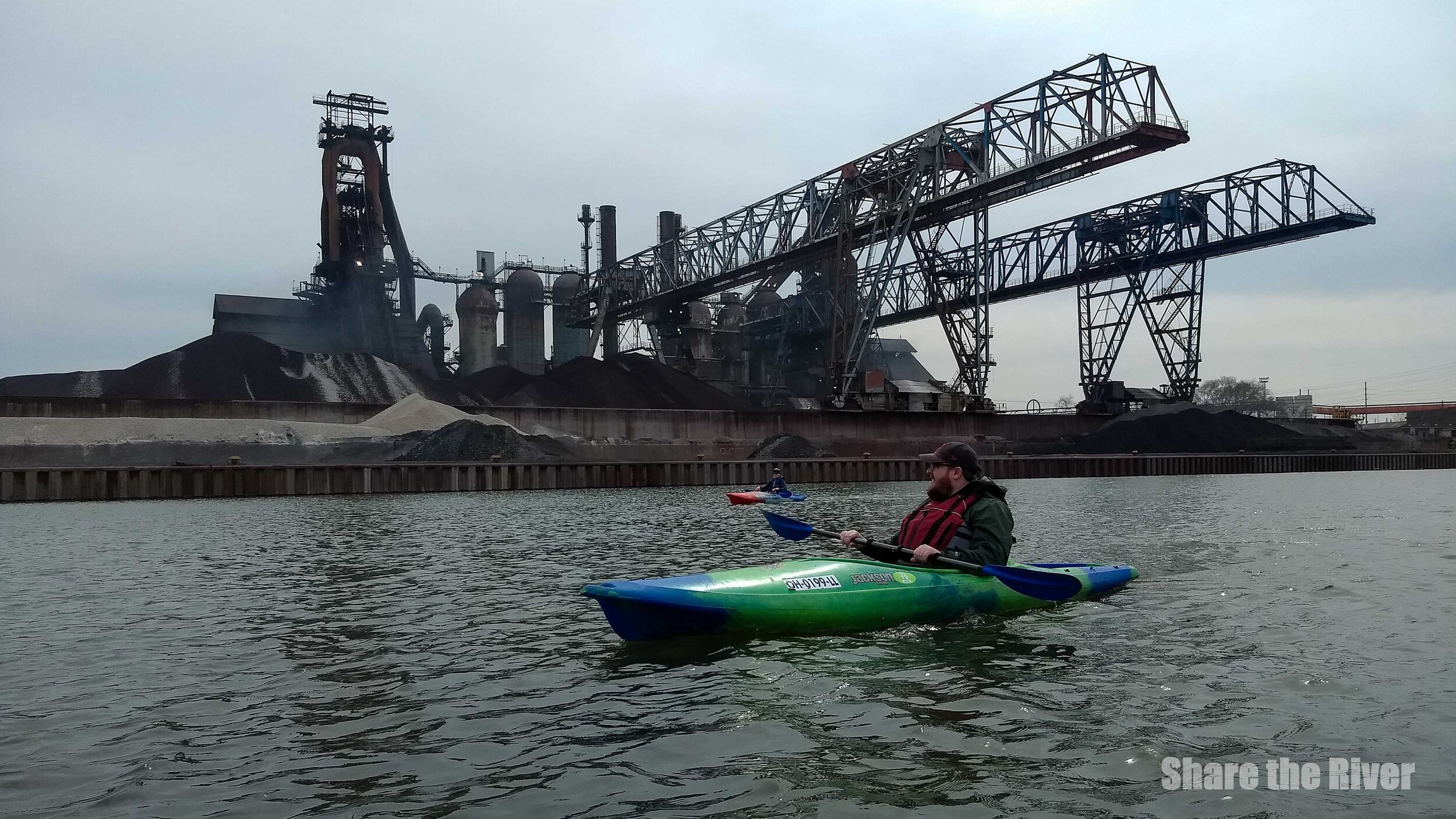
If you’re a business, organization, foundation or individual who would like to become more involved with our collective efforts to ensure a safe paddle season on the Cuyahoga River and other Lake Erie tributaries, contact us at sharetheriver3@gmail.com.




